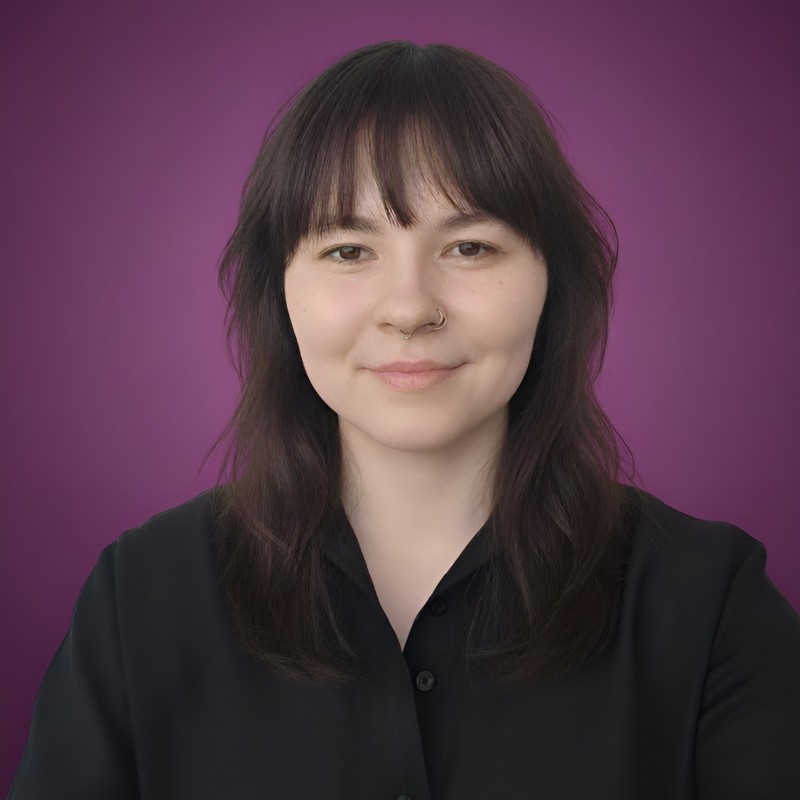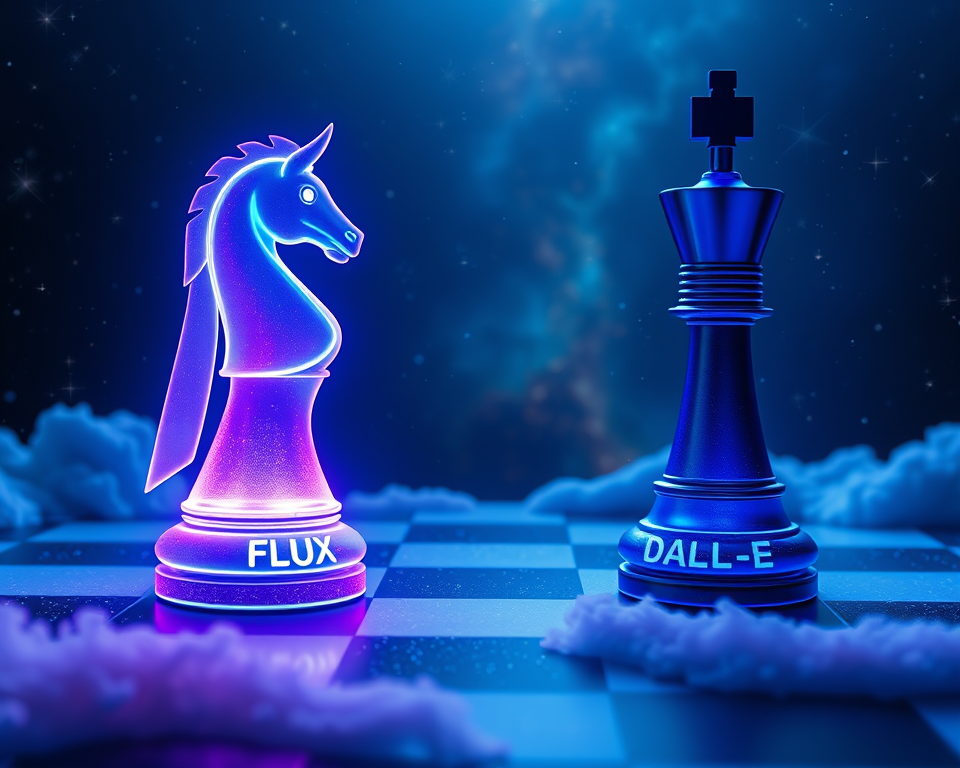FLUX.1 vs DALL-E 3: What is the Best AI Text to Image Model?
FLUX.1 vs DALL-E 3: it's a true clash of the titans! With FLUX.1 making its debut as a bold newcomer and DALL-E 3 continuing to build on its legacy of innovation, this face-off isn't just about pretty pictures. It's a test of accuracy, versatility, and raw creative power. Buckle up as we dive into how these popular AI image generation models stack up against each other in various creative and practical challenges.
Quick introduction: FLUX.1 vs DALL-E 3
First, let’s take a moment to introduce today's contestants.
DALL-E, developed by OpenAI, first debuted in January 2021, taking the image generation community by storm. The original model was followed by DALL-E 2 in 2022, which improved image quality and generation speed. Then, DALL-E 3 was released in October 2023, boasting an even better understanding of more nuanced prompts.
FLUX.1, on the other hand, is a much newer player in the field. The newly formed Black Forest Labs officially launched it on August 1, 2024. We’ve explained what is FLUX.1 in more detail in a separate article if you’d like to know more.
It comes in three distinct variants. For this test, we’ll use the high-speed FLUX.1 [schnell] and even higher visual quality FLUX.1 [dev]. If you want to try them out yourself, you can! They are available in the Essential mode of our AI Image Generator.
Photorealism
We're starting our FLUX.1 vs DALL-E 3 comparison with photorealism, since accurately rendering human anatomy has long been a problem for AI. But, while incorrect limb proportions and distorted facial features are commonly associated with image generation tools, the newest models have greatly improved in this regard.
We've put both models to the test with these prompts:
- "close-up of a young woman with striking turquoise hair styled in an intricate braid, with freckles, textured skin and bright blue eyes, neon background"
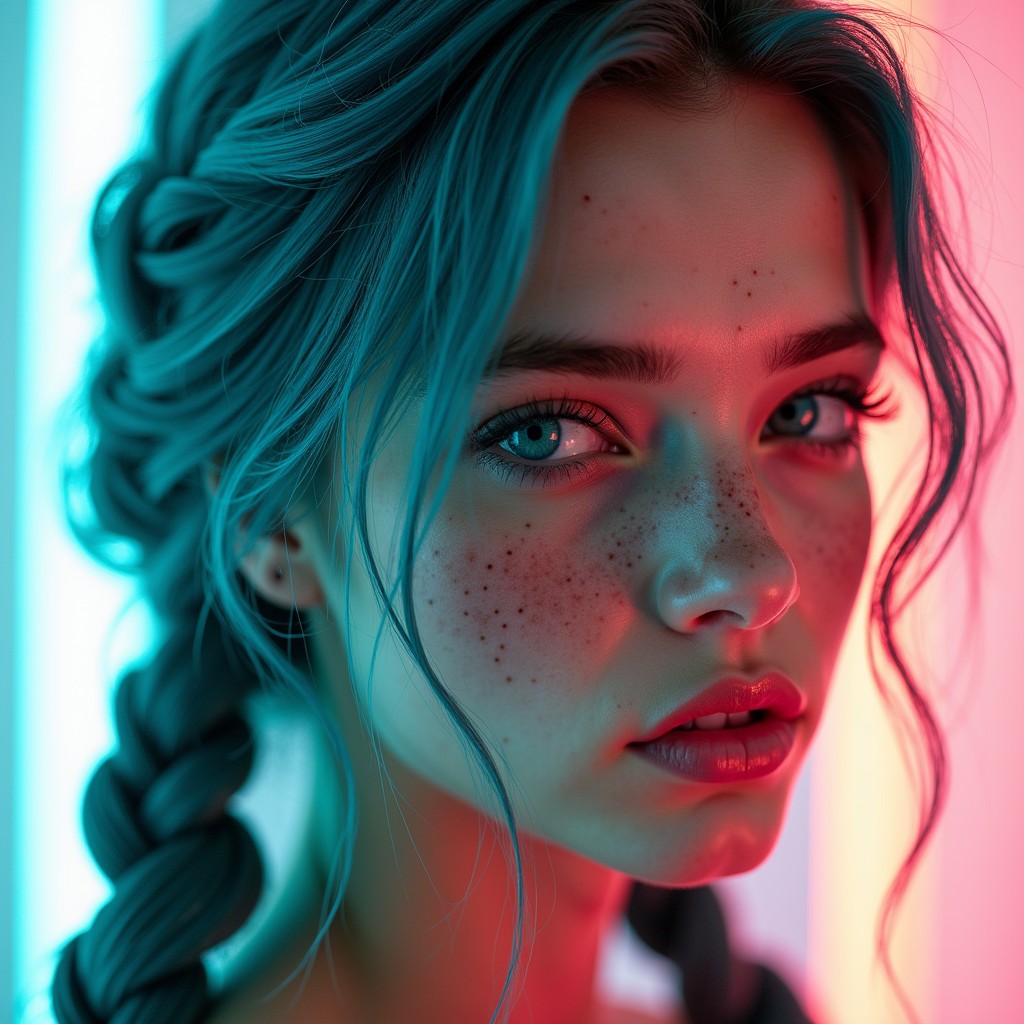
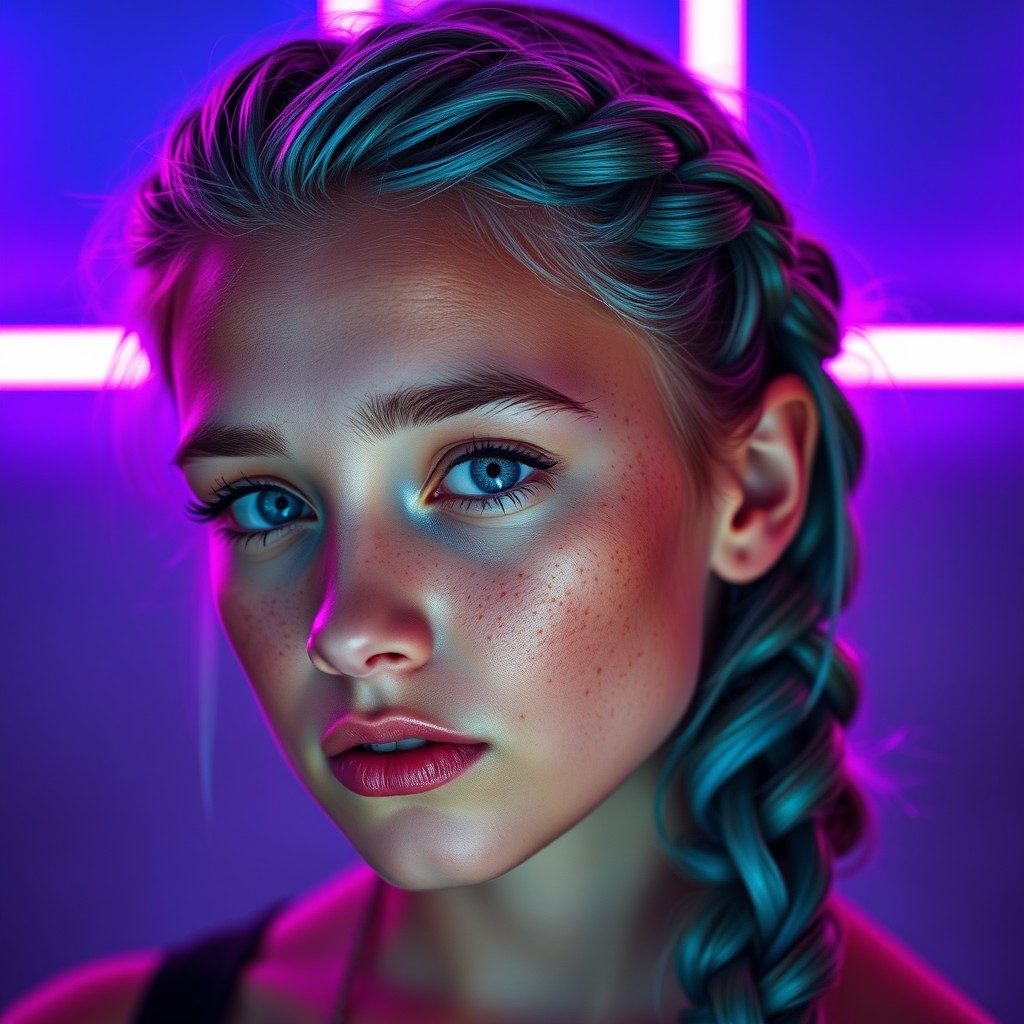
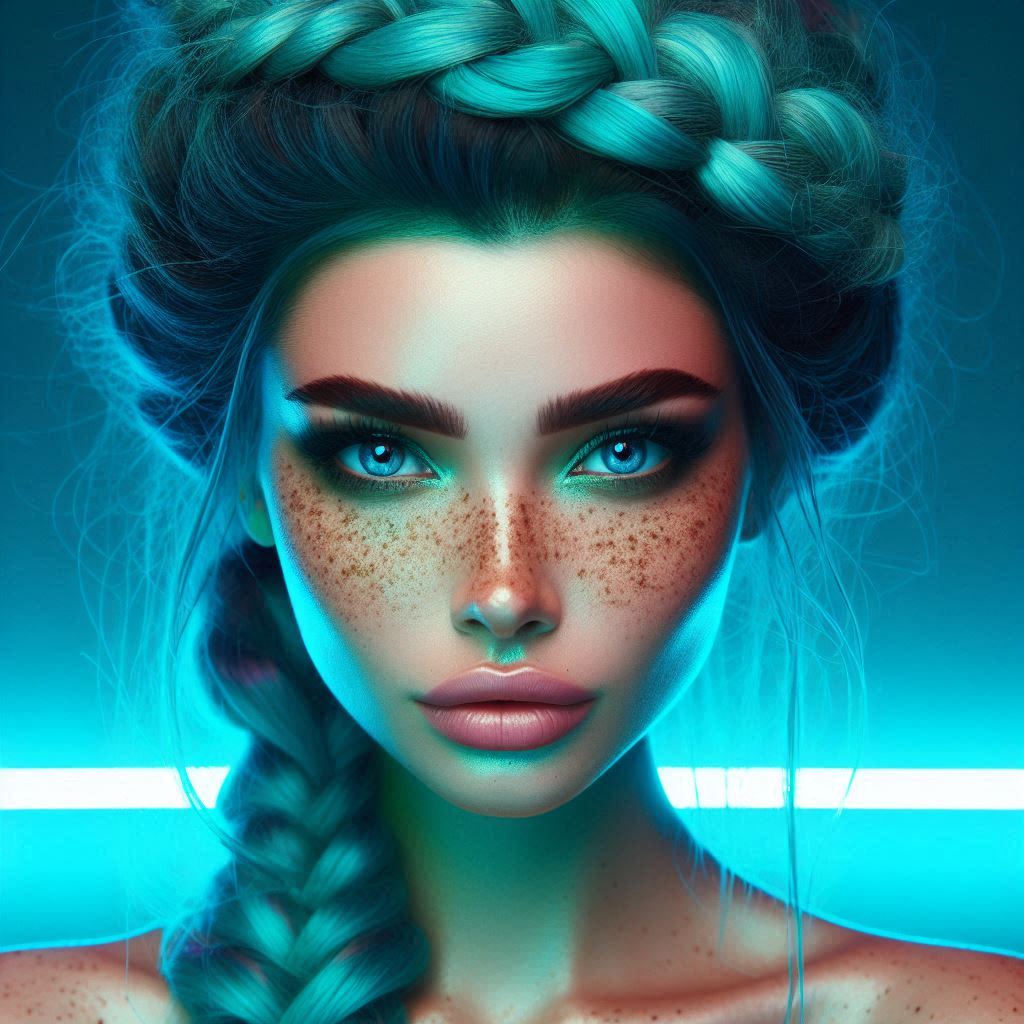
FLUX.1 [dev]
FLUX.1 [schnell]
DALL-E 3
- "dancer in a vibrant, flowing costume executing a high jump, with fabric and hair dramatically caught in mid-motion"
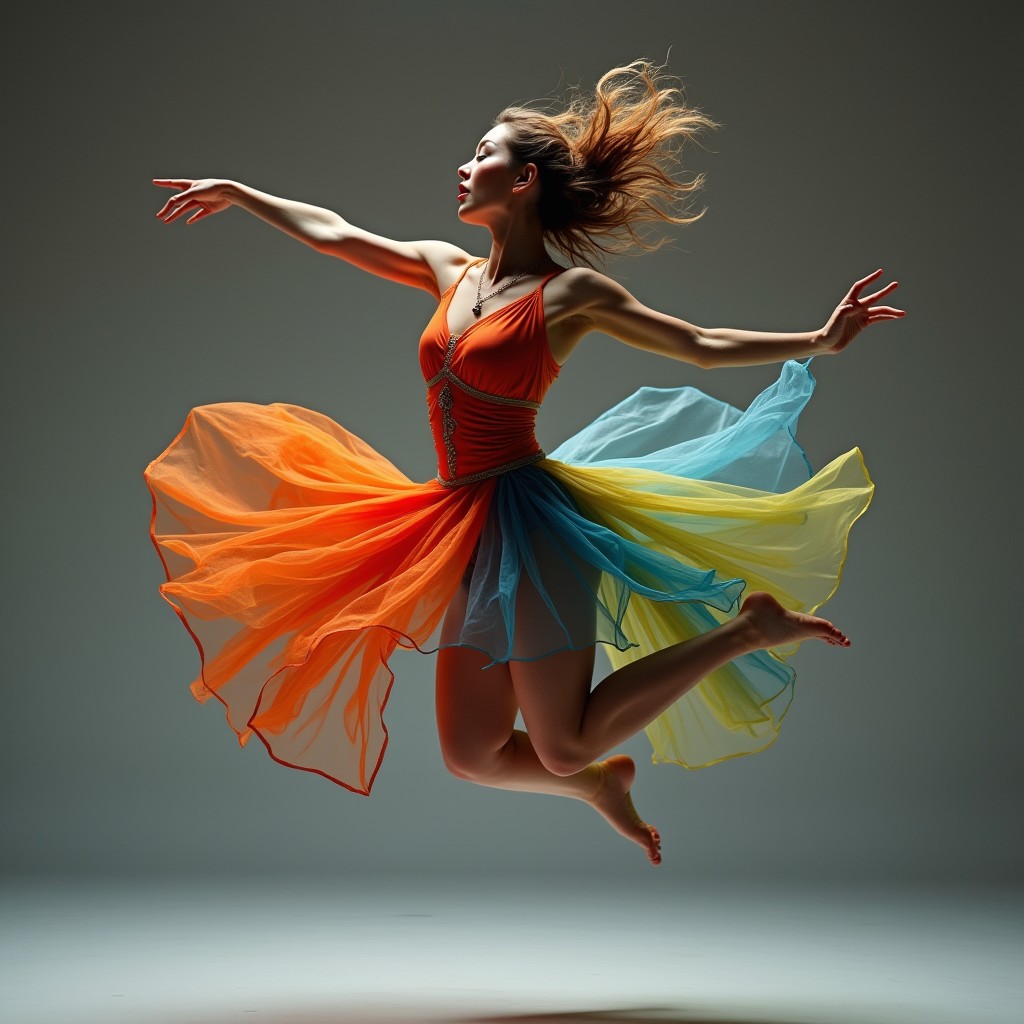
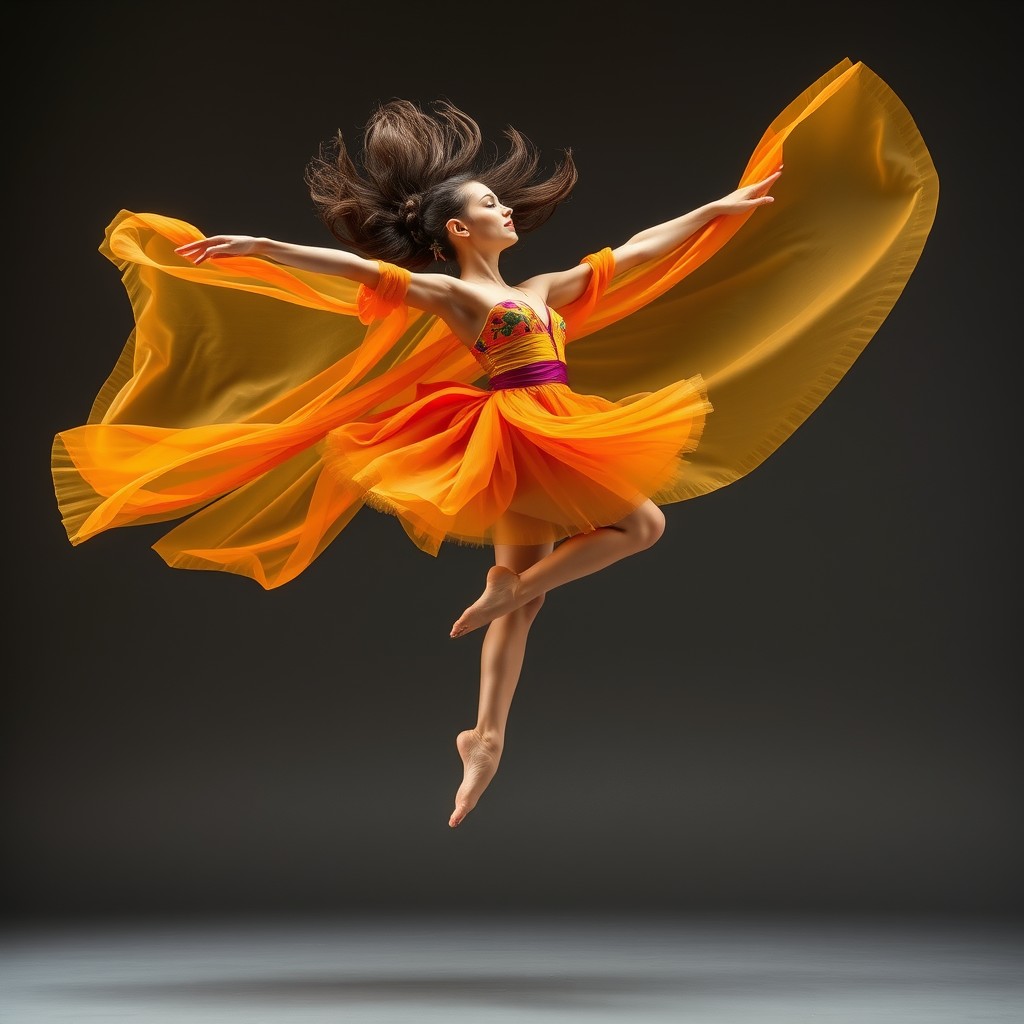
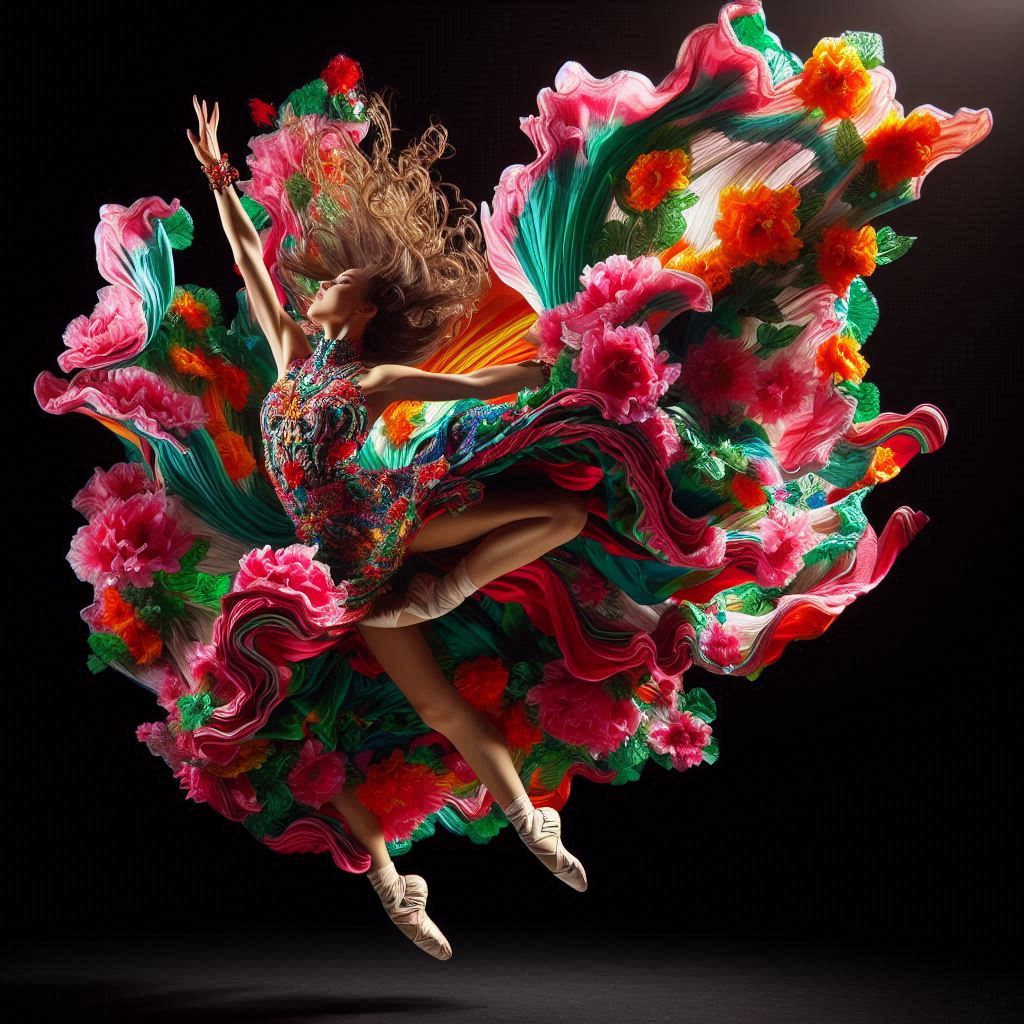
FLUX.1 [dev]
FLUX.1 [schnell]
DALL-E 3
- "vibrant street performance featuring a group of musicians: a violinist, a saxophonist, and an accordionist, all captured in dynamic poses with intricate details of their instruments and lively audience reactions"
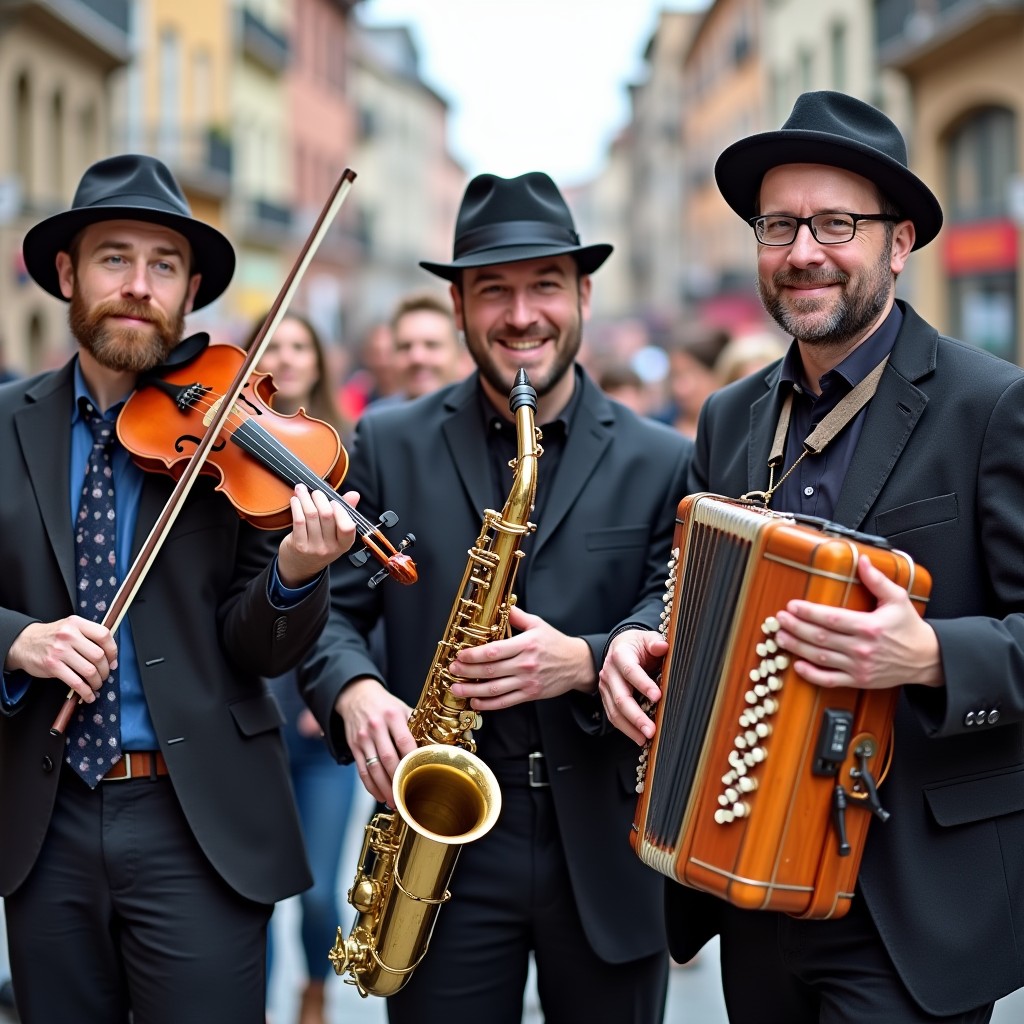
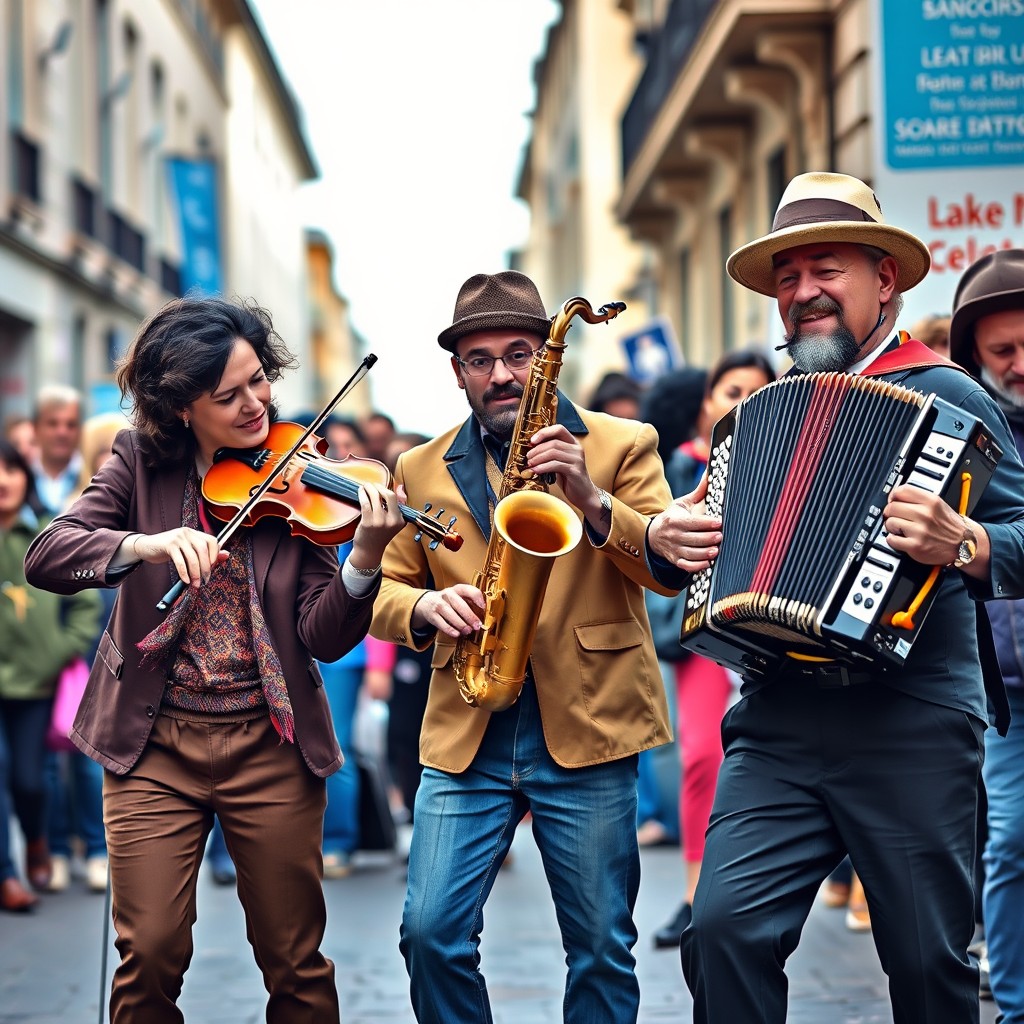
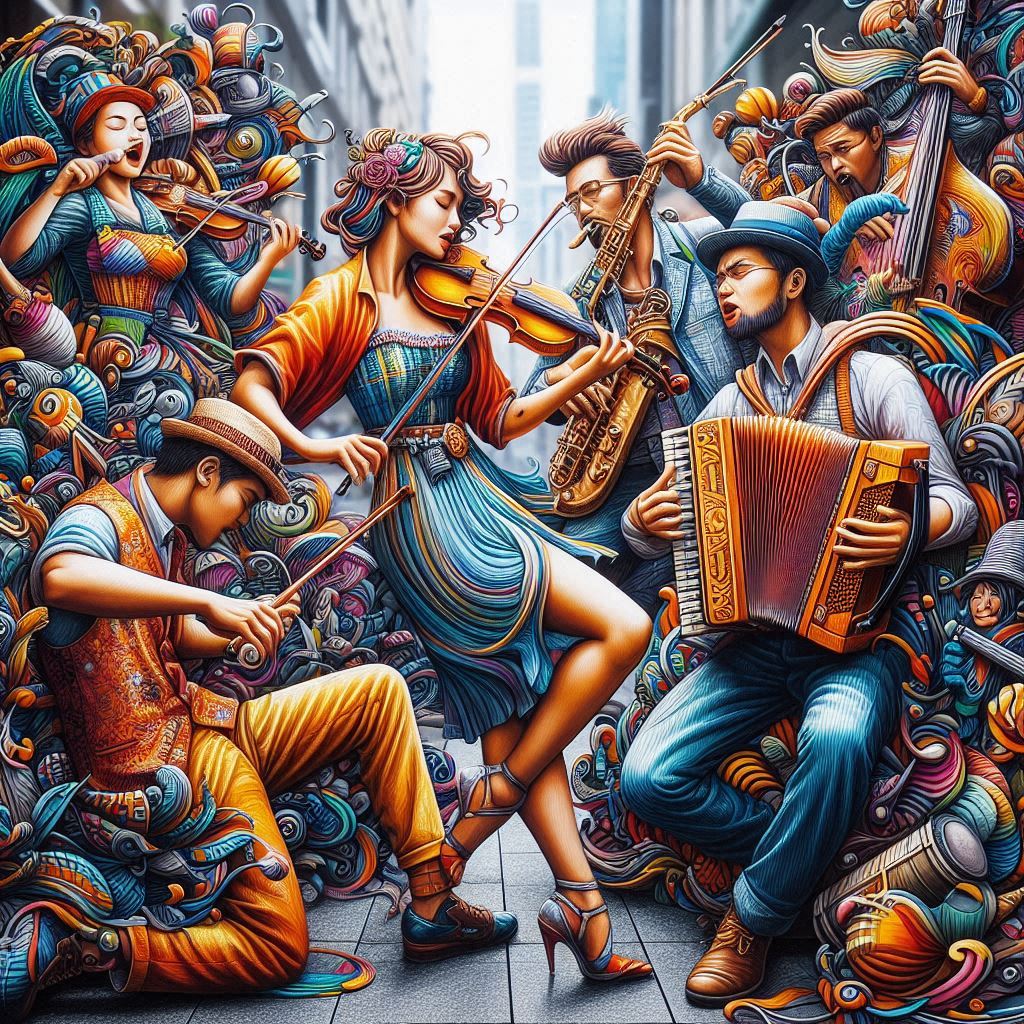
FLUX.1 [dev]
FLUX.1 [schnell]
DALL-E 3
As you can see, FLUX.1 [schnell] and [dev] follow the prompt to a T and don't stumble even when given more difficult tasks, such as creating a realistic AI scene with multiple people present.
DALL-E 3 tries to keep up, but it encounters all the aforementioned common issues, resulting in a weird hairstyle and a three-legged dancer. Not to mention our multi-subject prompt, which was interpreted in quite an abstract way.
Typography
Most Text to Image models have trouble creating aesthetically pleasing text, for example, for logos, ads, banners, and product packaging. The result should be legible, consistent font- and size-wise (unless specified otherwise in the prompt), and appropriate spacing. It also needs to seamlessly blend with the rest of the picture. But easier said than done!
To be frank, with many AI models, the best you can achieve is disfigured, jumbled shapes that only vaguely resemble the effect you’ve been aiming for. However, both FLUX.1 ([schnell] and [dev] alike) and DALL-E 3 are thought to be in the category of rare exceptions that deal with typography quite well. But which one is better?
- "street view of a sleek, high-fashion boutique window with the text ‘Fresh Start’ in elegant serif typography on the glass, backlit with soft, warm lighting and surrounded by stylish mannequins and modern decor"
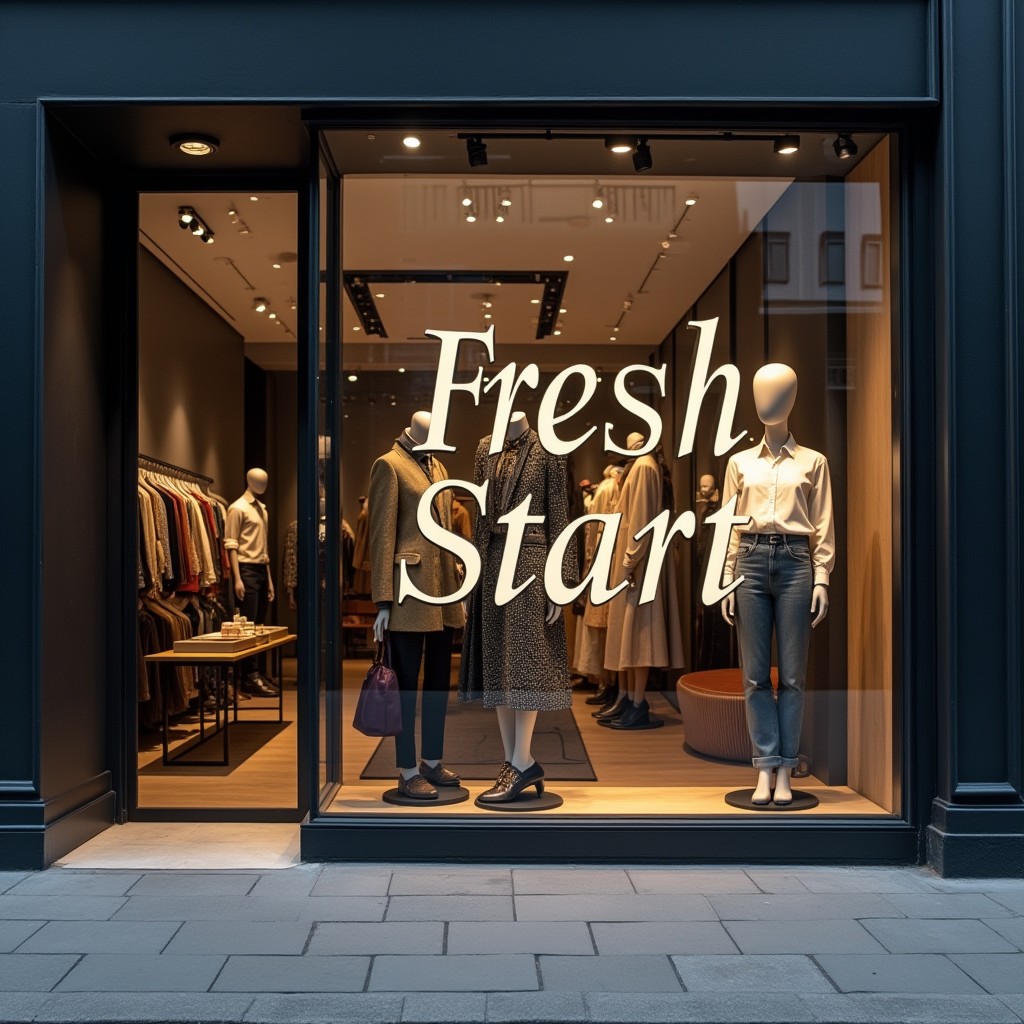
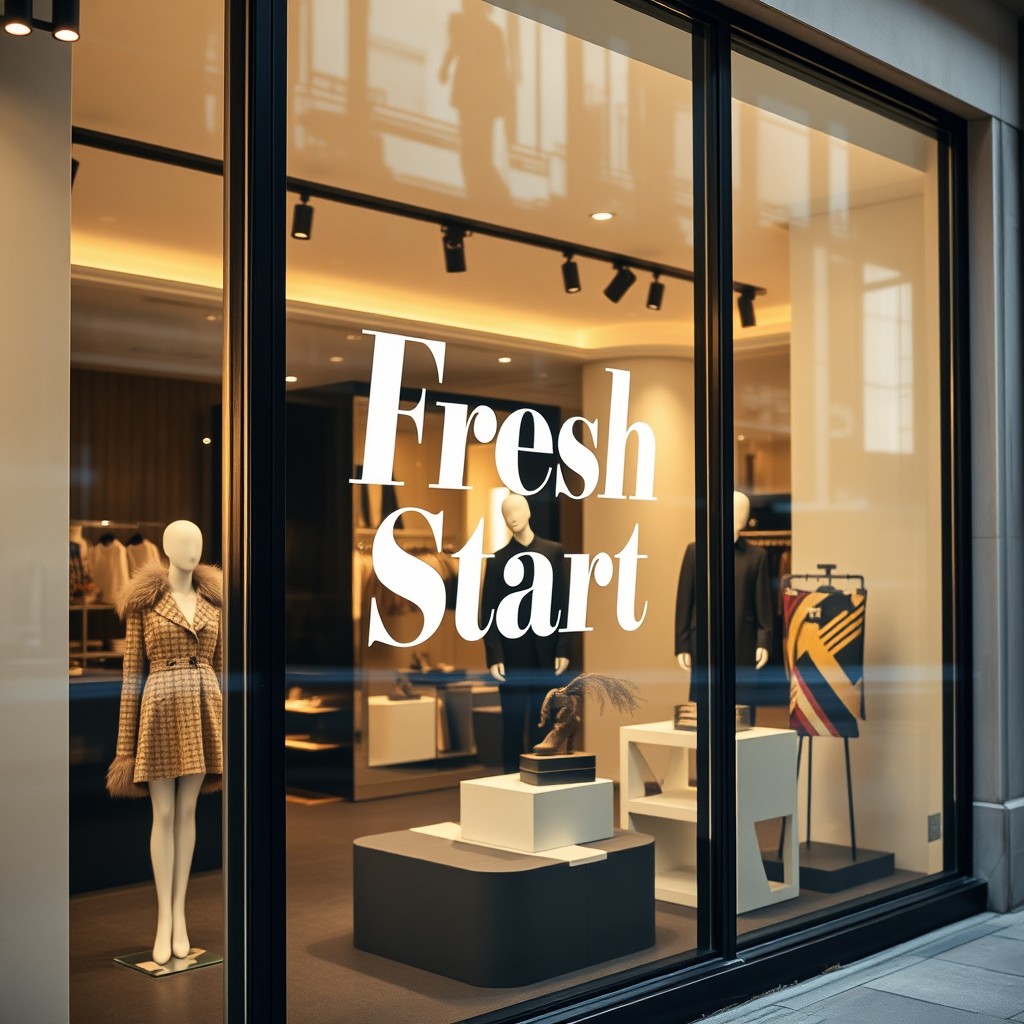
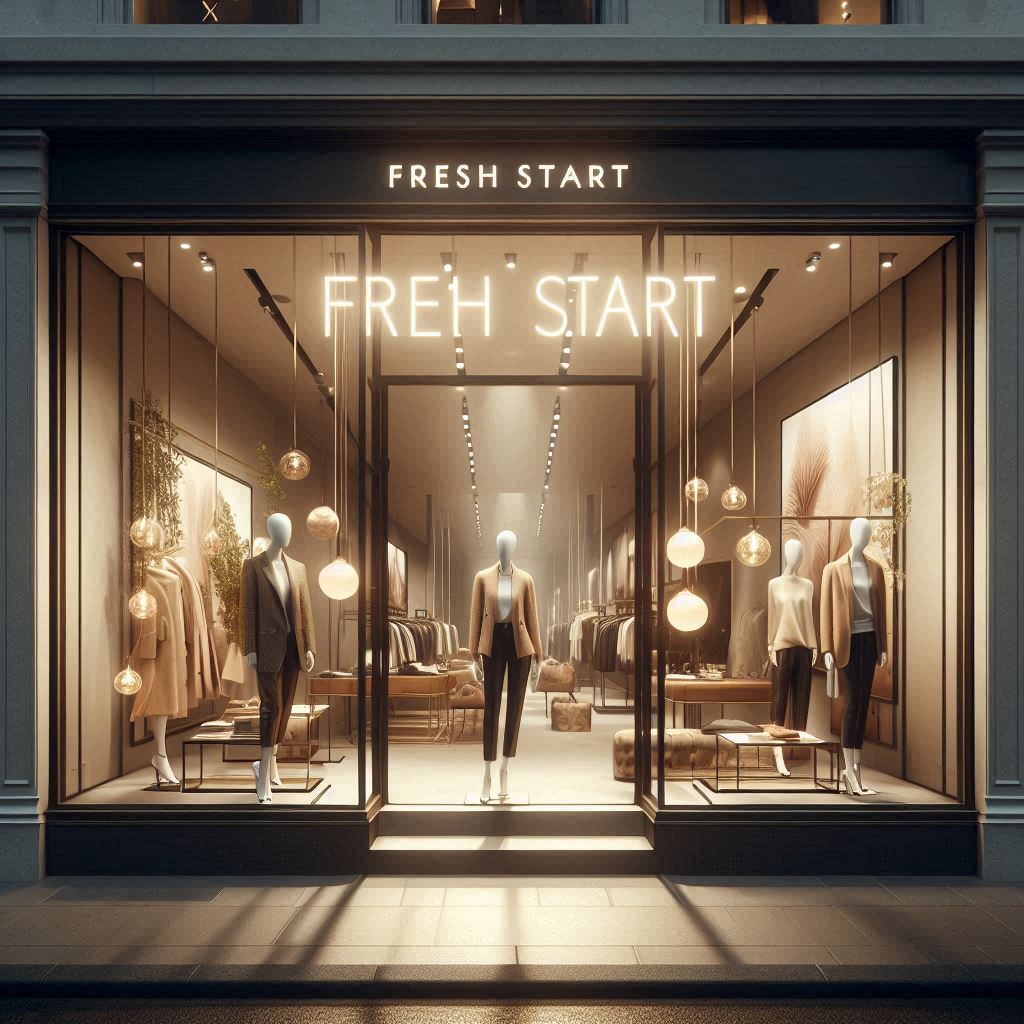
FLUX.1 [dev]
FLUX.1 [schnell]
DALL-E 3
- "street sign reading ‘New Horizons Ave’ with a sleek, contemporary font, mounted on a standard street post with a reflective surface"
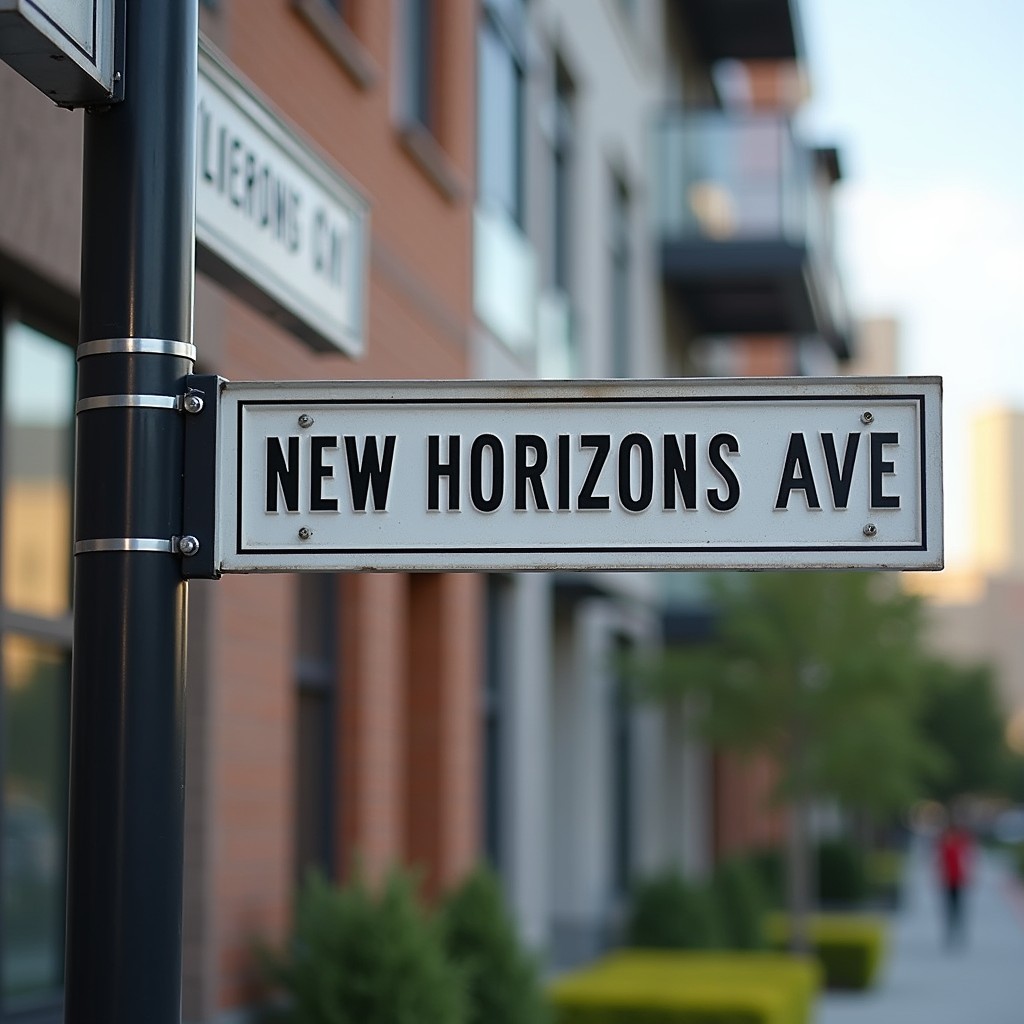
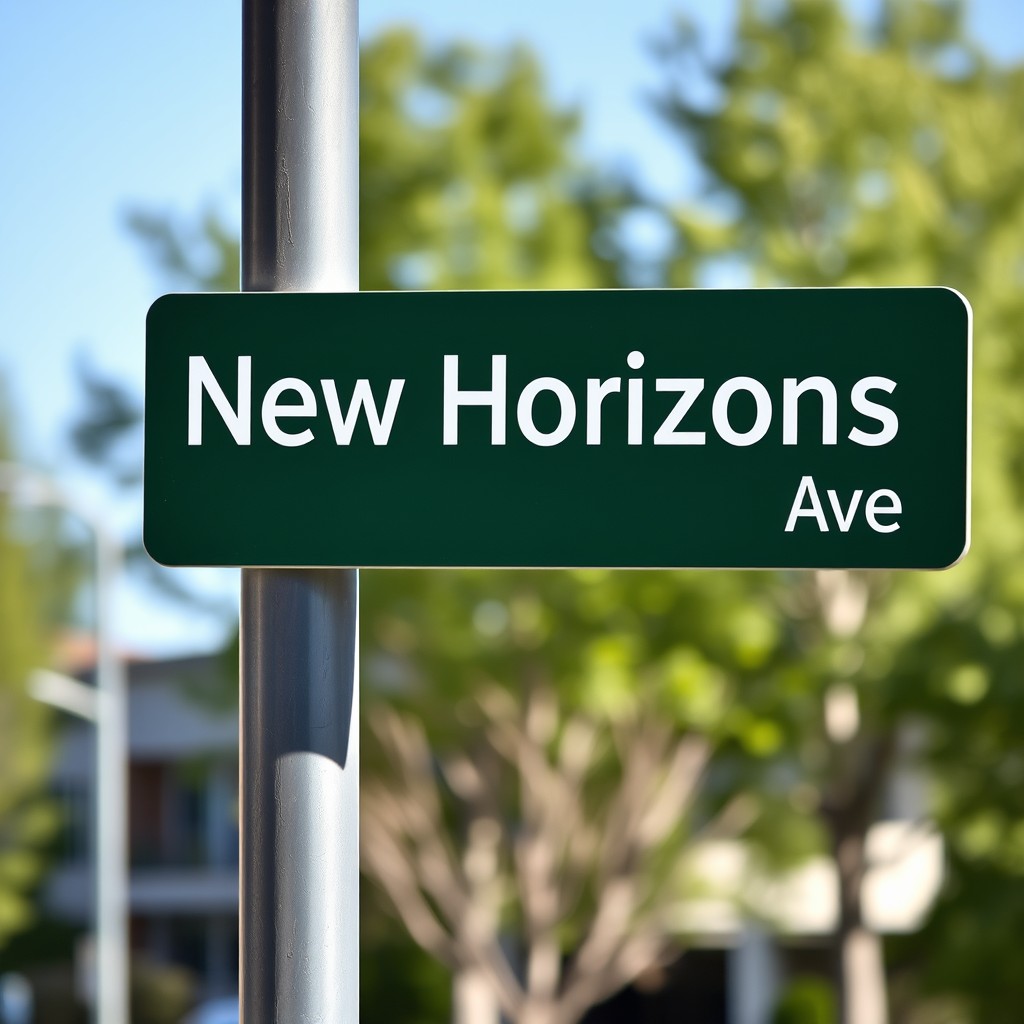
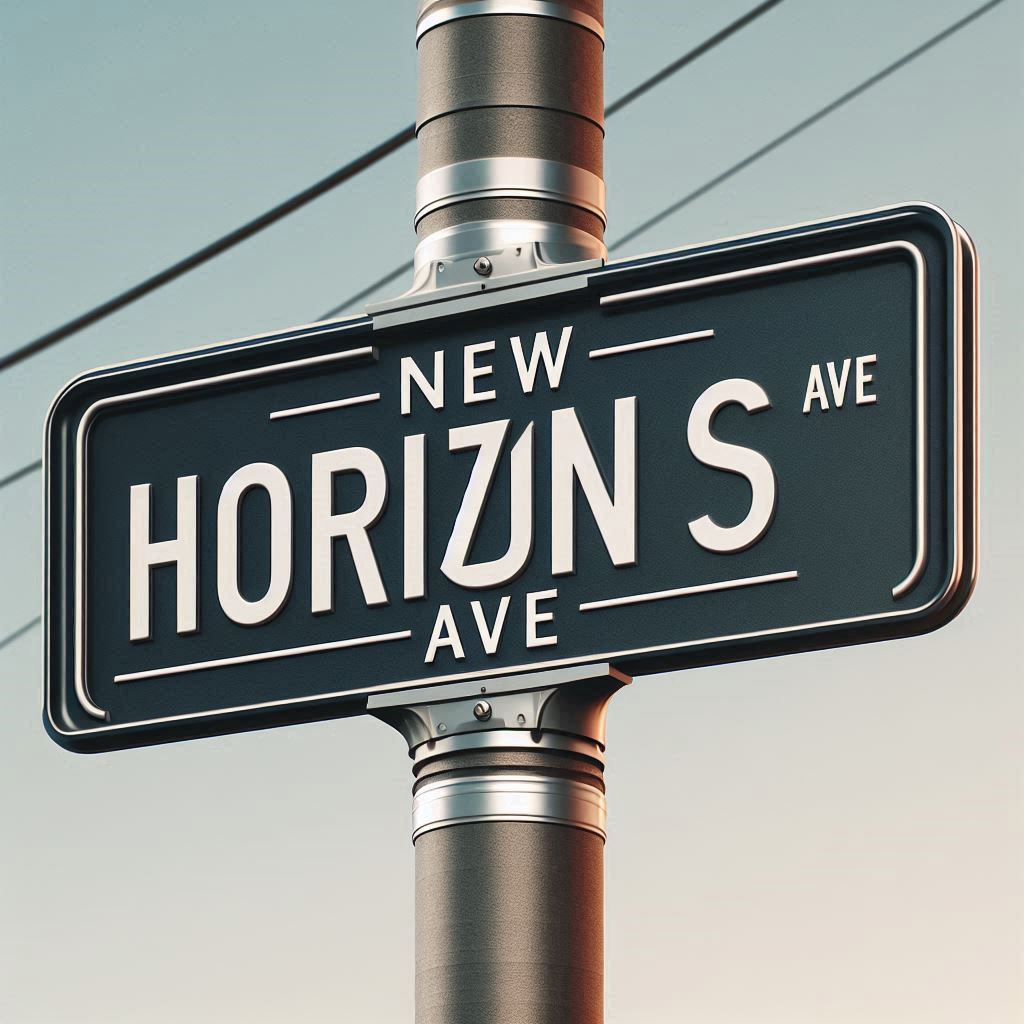
FLUX.1 [dev]
FLUX.1 [schnell]
DALL-E 3
- "cutting-edge tech conference entrance with the phrase ‘Innovate Now’ in a striking, futuristic typeface, displayed on a large, illuminated digital screen"
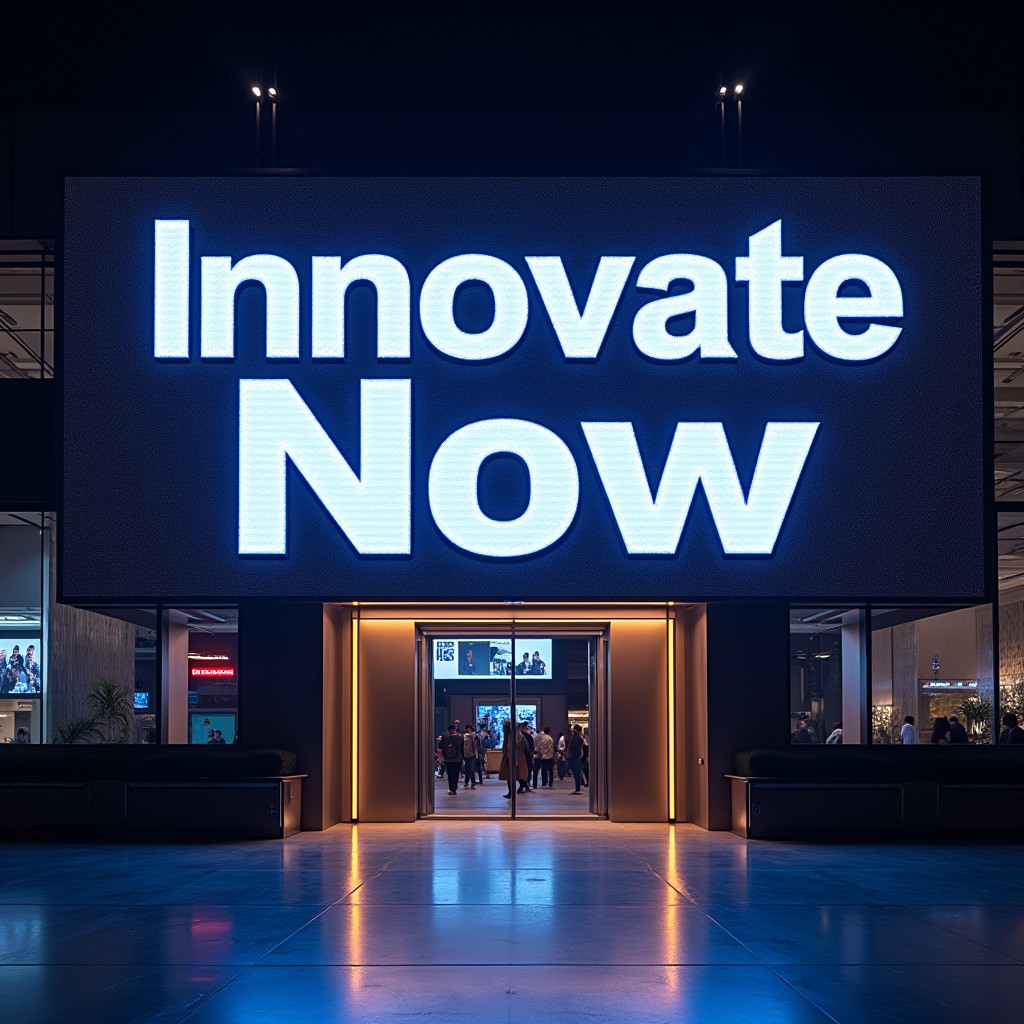
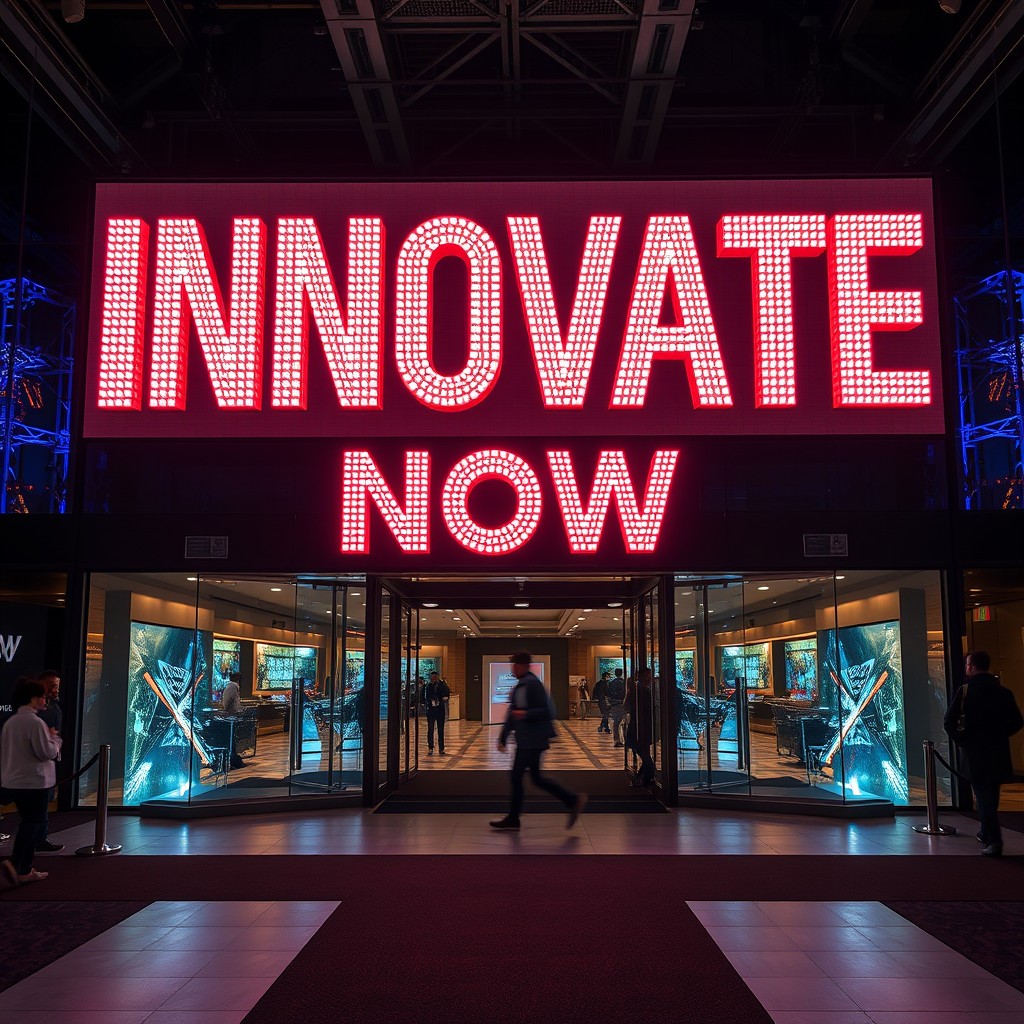

FLUX.1 [dev]
FLUX.1 [schnell]
DALL-E 3
It's clear that FLUX.1, especially the [dev] variant, is the master of this category. It can generate high-quality, accurate text no matter the context. Meanwhile, DALL-E 3 tends to duplicate and warp words, making the creations unusable for any professional applications.
Check out our FLUX.1 vs Stable Diffusion comparison to see how FLUX.1 [schnell] stacks up against Stable Diffusion 3, another model known for its skill in text rendering.
AI art
While generating art is a popular use case for AI models, it can be more difficult for them than it seems. Interpreting artistic prompts and producing images that resonate with human creativity requires a deep understanding of various artistic styles and movements.
Generating images in more niche and atypical styles is especially challenging. For example, with less advanced models, you might request pixel art, but get a generic cartoon instead. How do FLUX.1 [schnell], [dev], and DALL-E 3 fare with those kinds of AI art tasks? Let’s find out!
- "magical girl in Sailor Moon style standing on a moonlit beach, casting a protective spell, with sparkling magical symbols forming in the air around her"
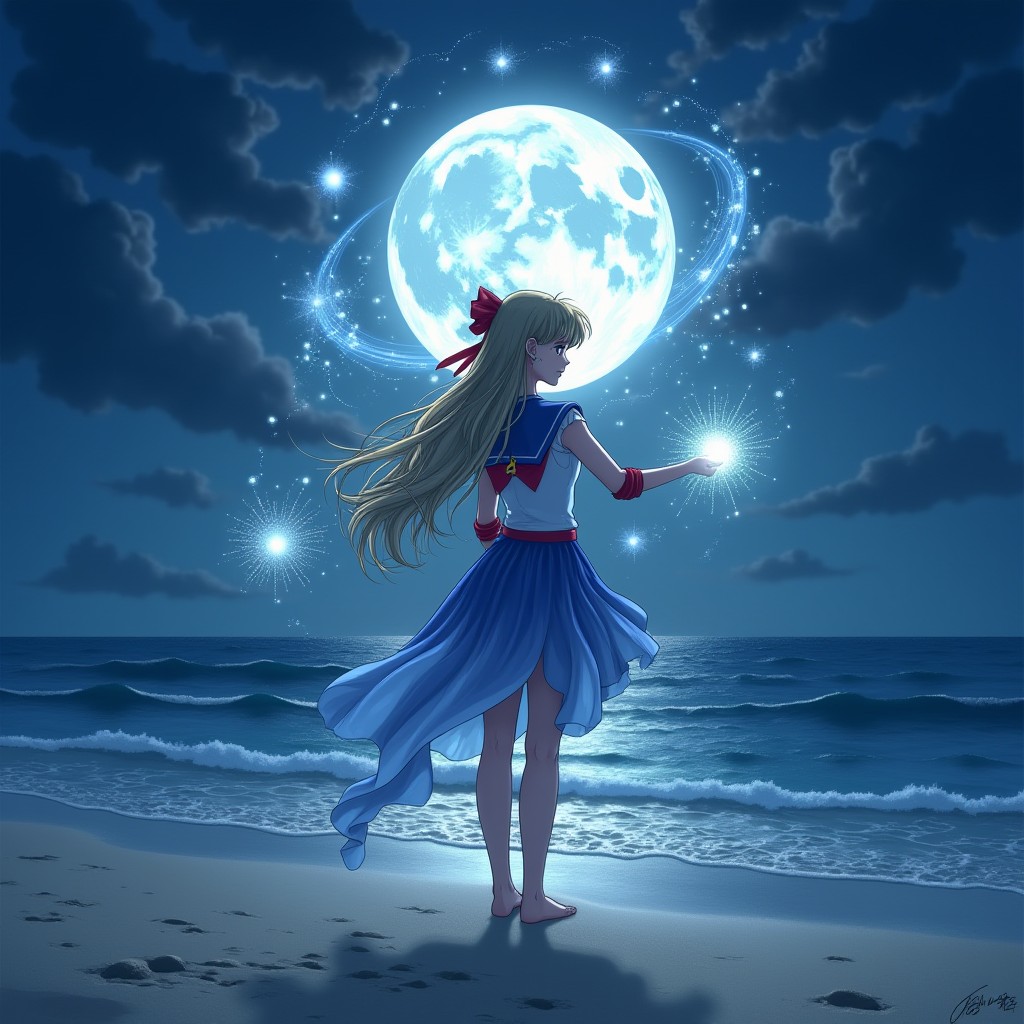
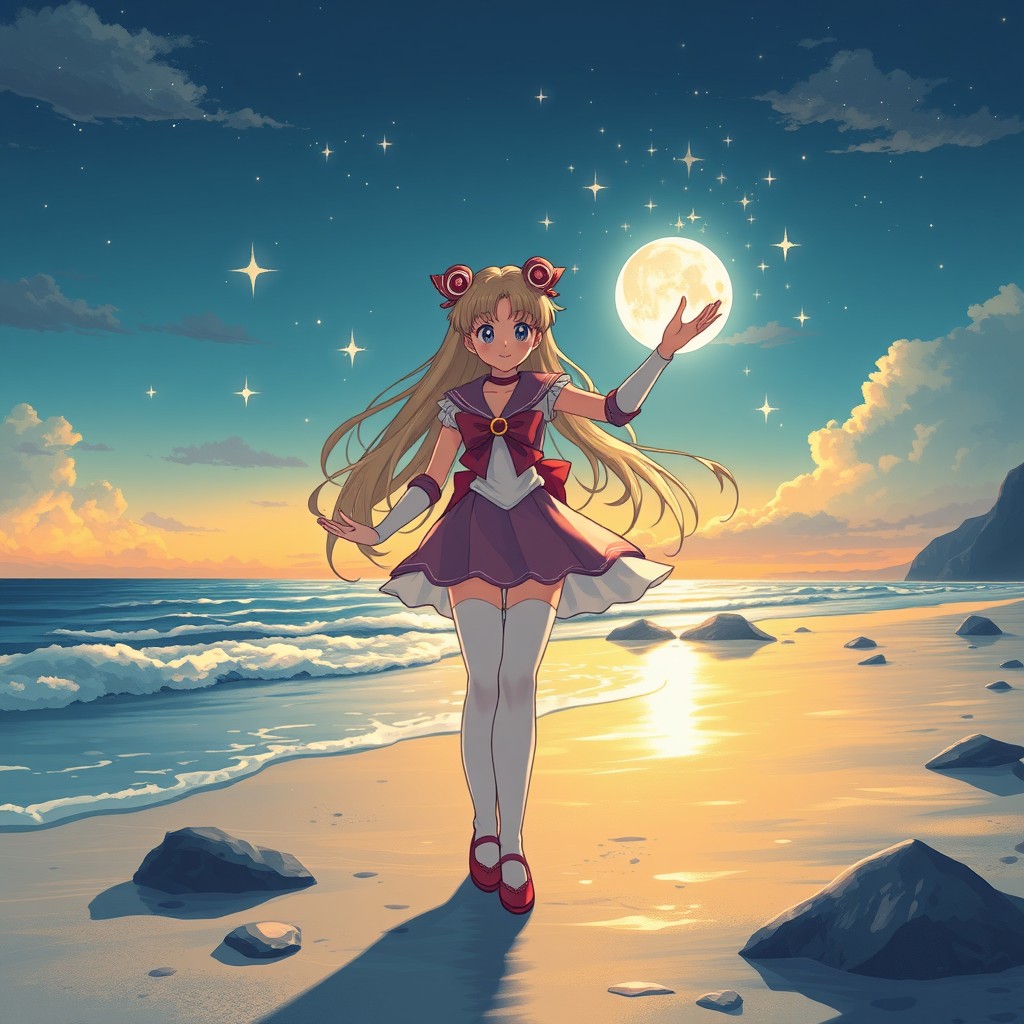
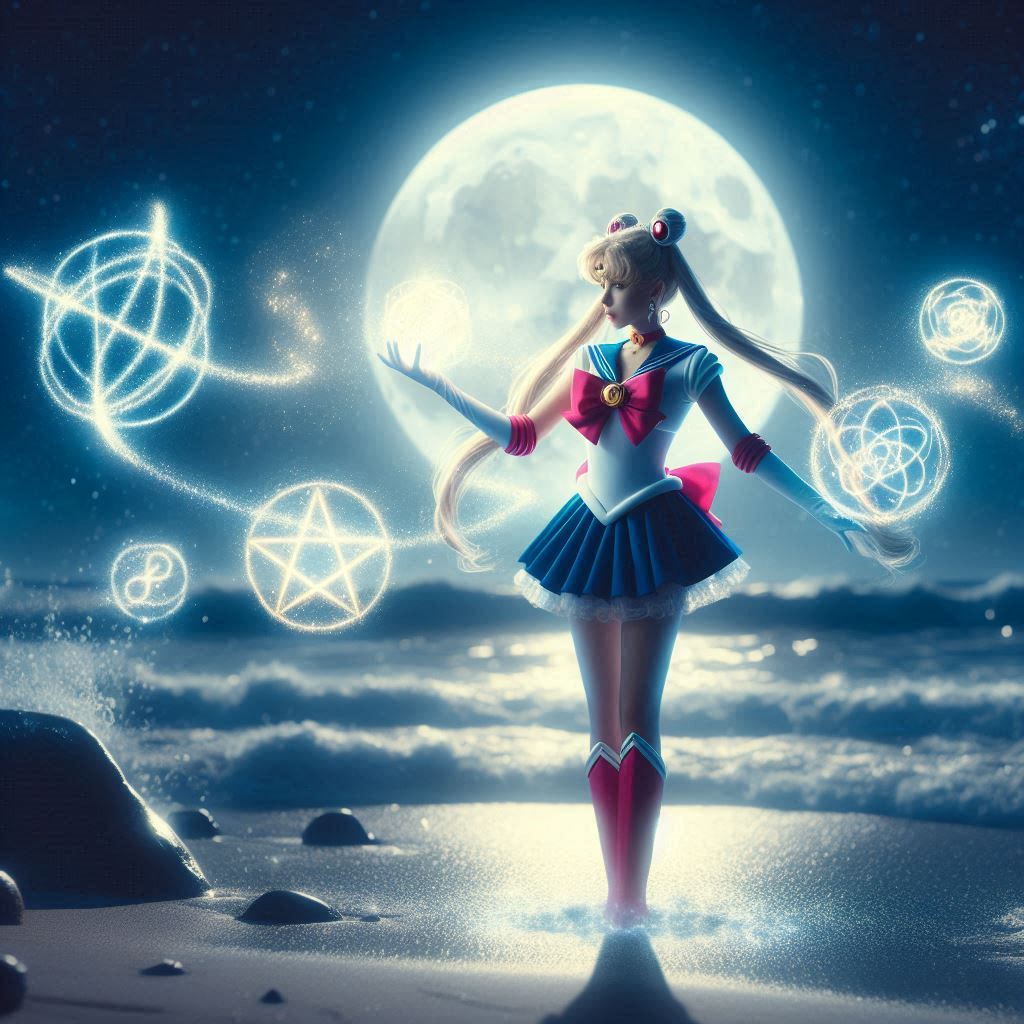
FLUX.1 [dev]
FLUX.1 [schnell]
DALL-E 3
- "16-bit pixel art adventure scene featuring a brave knight in a classic fantasy setting: traversing a pixelated forest with retro-styled magical creatures and a castle in the background"
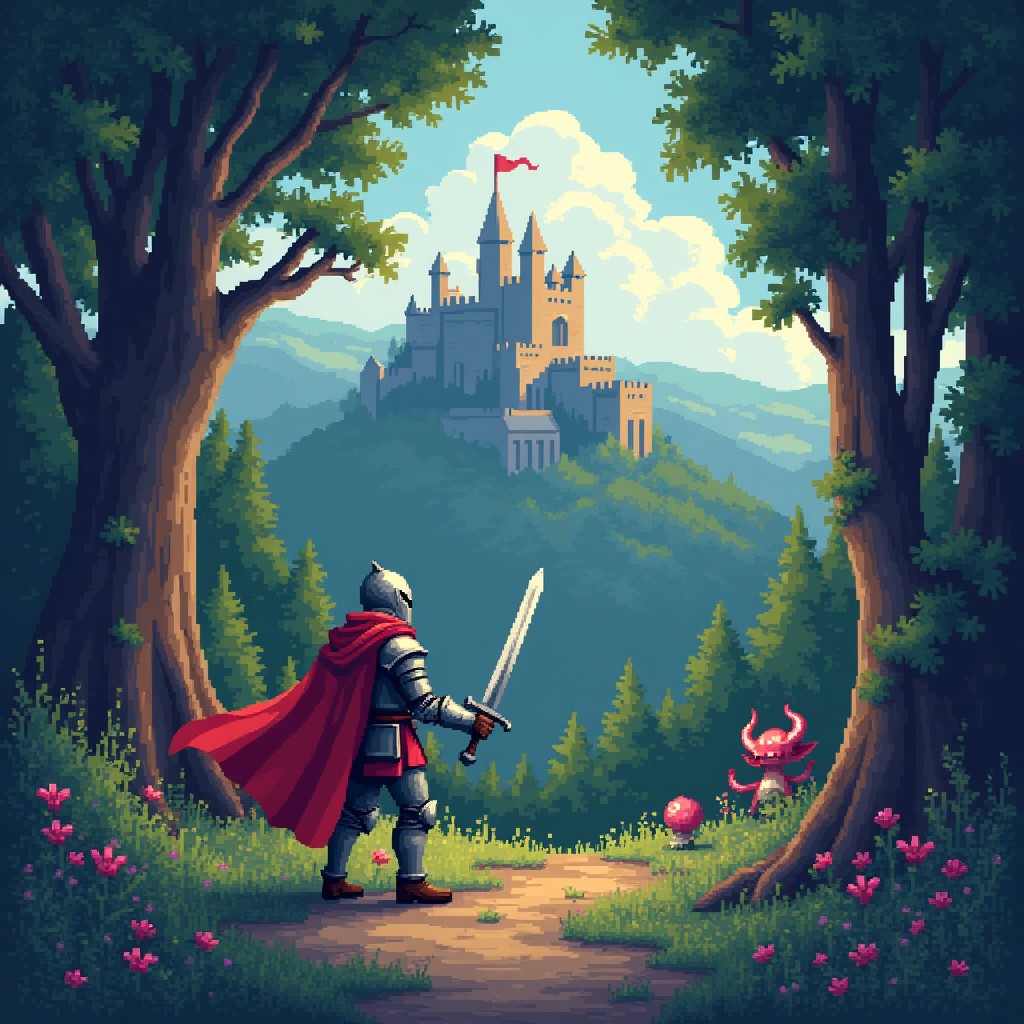
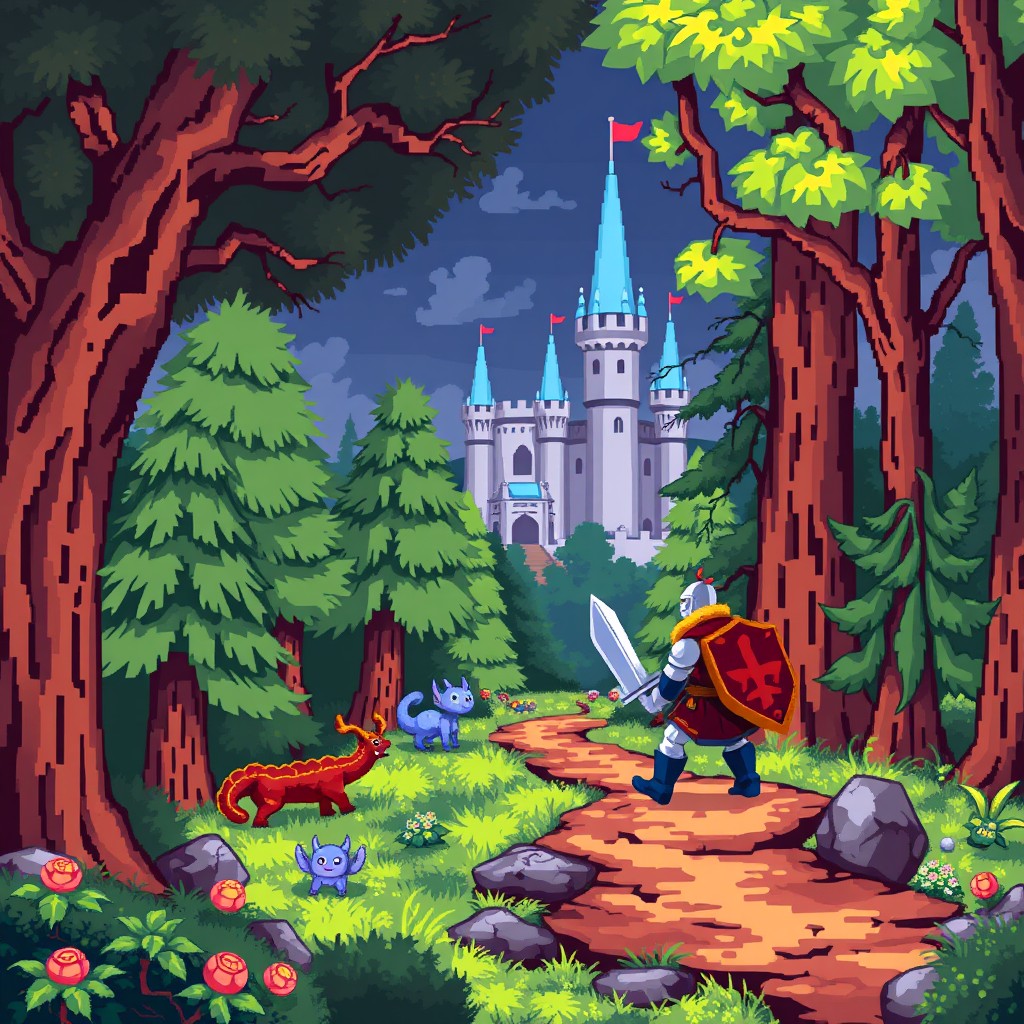
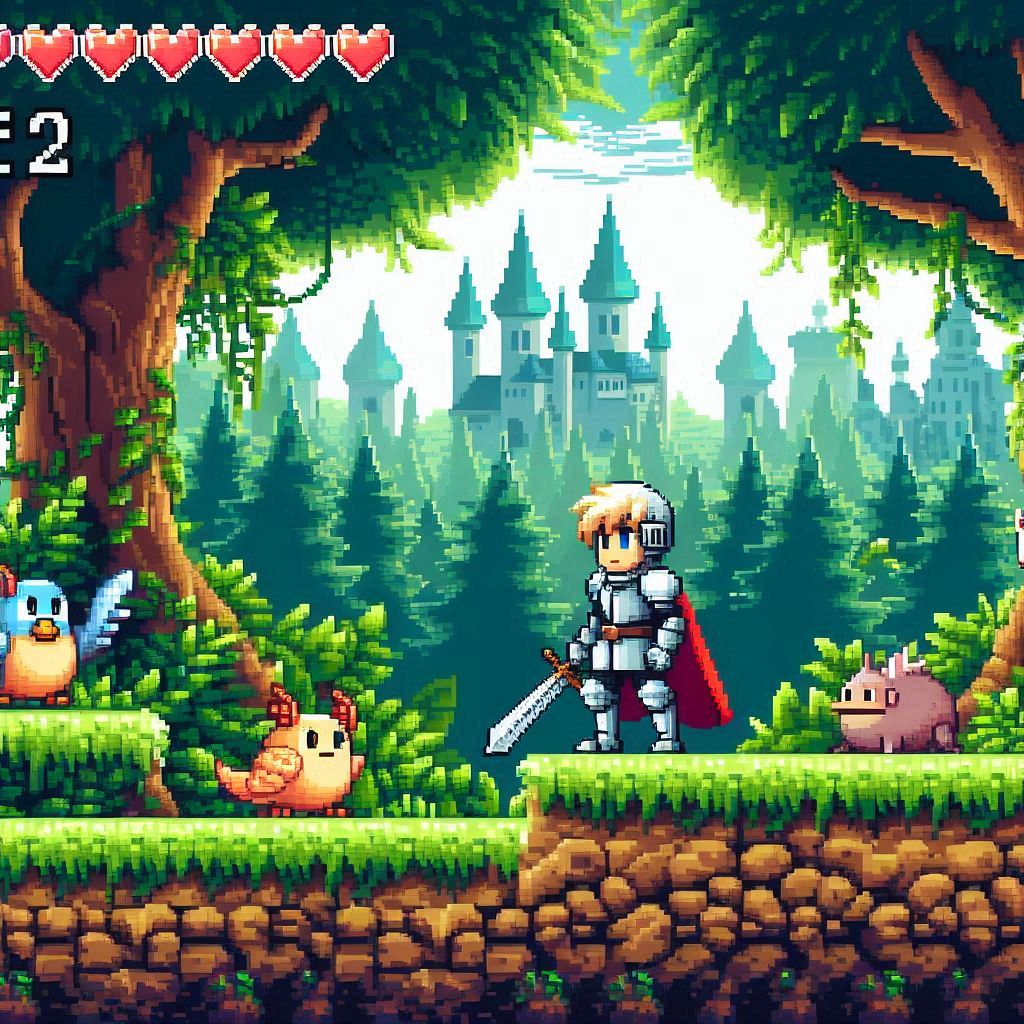
FLUX.1 [dev]
FLUX.1 [schnell]
DALL-E 3
- "graffiti piece of a massive waterfall cascading down the side of a building. The water appears to spill out of a real window or ledge, splashing onto the pavement below, with rocks and mist painted around the base to complete the illusion"
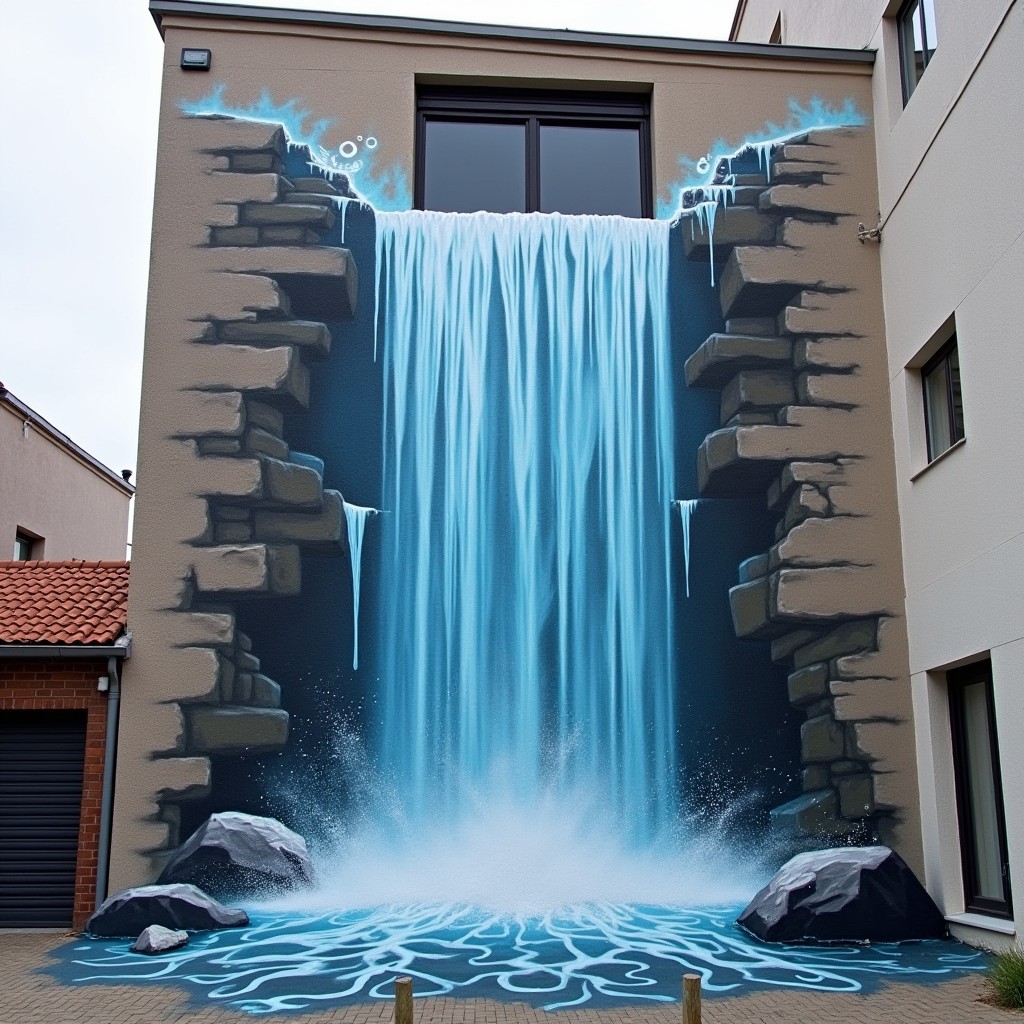
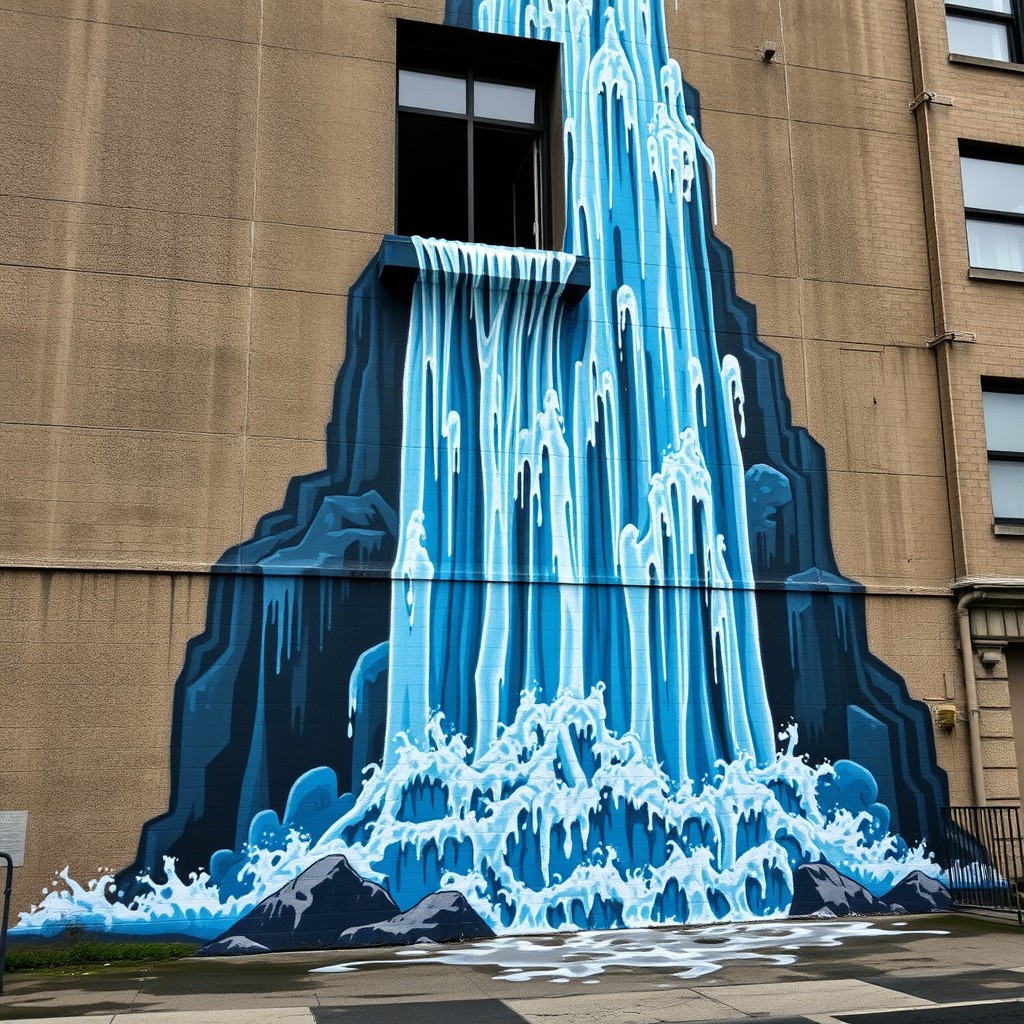
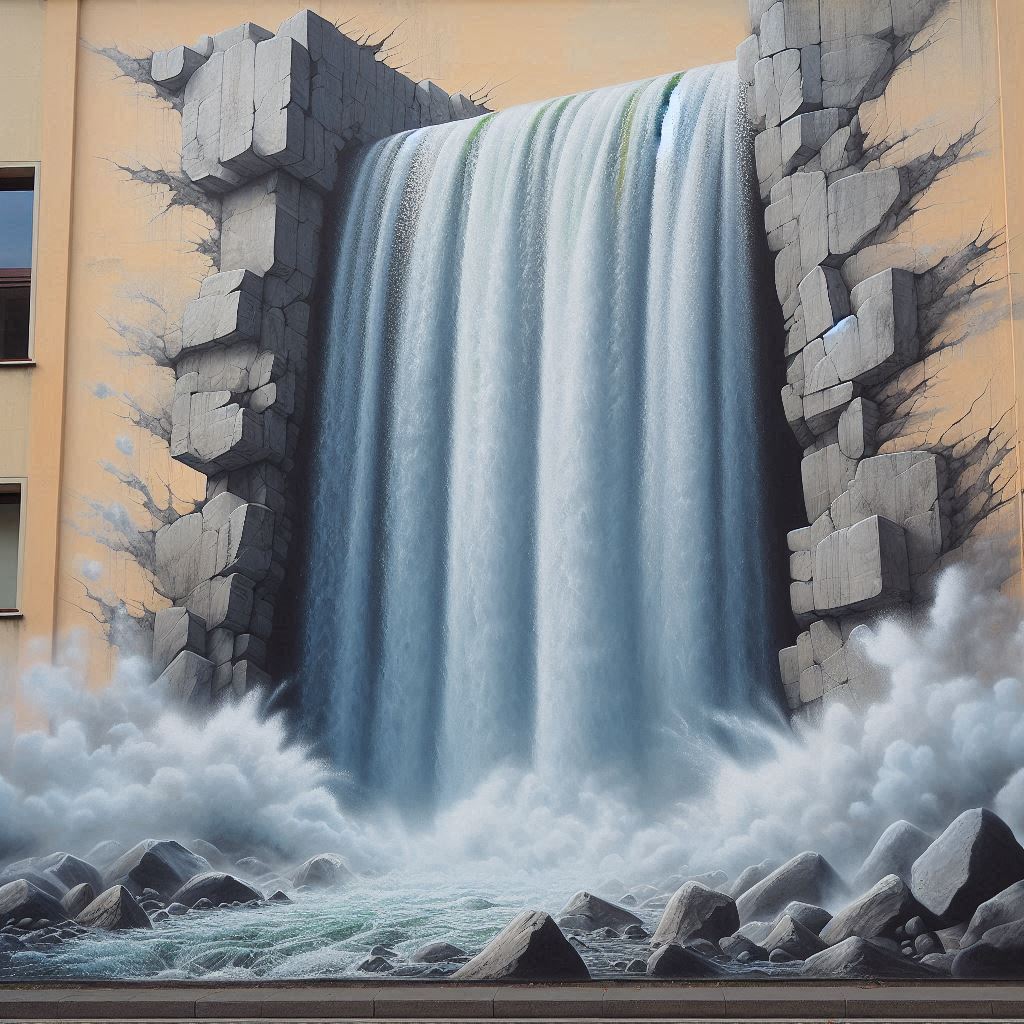
FLUX.1 [dev]
FLUX.1 [schnell]
DALL-E 3
Once again, FLUX.1 showcased its versatility, performing well no matter which art style we threw at it. Anime, pixel art, or graffiti? No problem.
DALL-E 3 had more trouble replicating the requested art forms, with the Sailor Moon-inspired image coming out too realistic. The pixel art image showed the most promise, but it unnecessarily includes a part of an interface in the top left corner.
Wondering how FLUX.1 compares to other popular AI models? Take a look at our FLUX.1 vs Midjourney showdown!
Design and marketing
AI image generation tools aren’t just for hobbyists. The latest, most advanced models can assist you in many practical business tasks in areas such as AI home design, fashion, and marketing.
For this test, our contenders will design a logo, book cover, and hoodie. Here are the results:
- "logo for a fitness brand called ‘PulseFusion’ featuring a stylized heartbeat line that transforms into a dumbbell. The design cleverly integrates the heart rate symbol with fitness equipment, using a dynamic red and black color scheme"
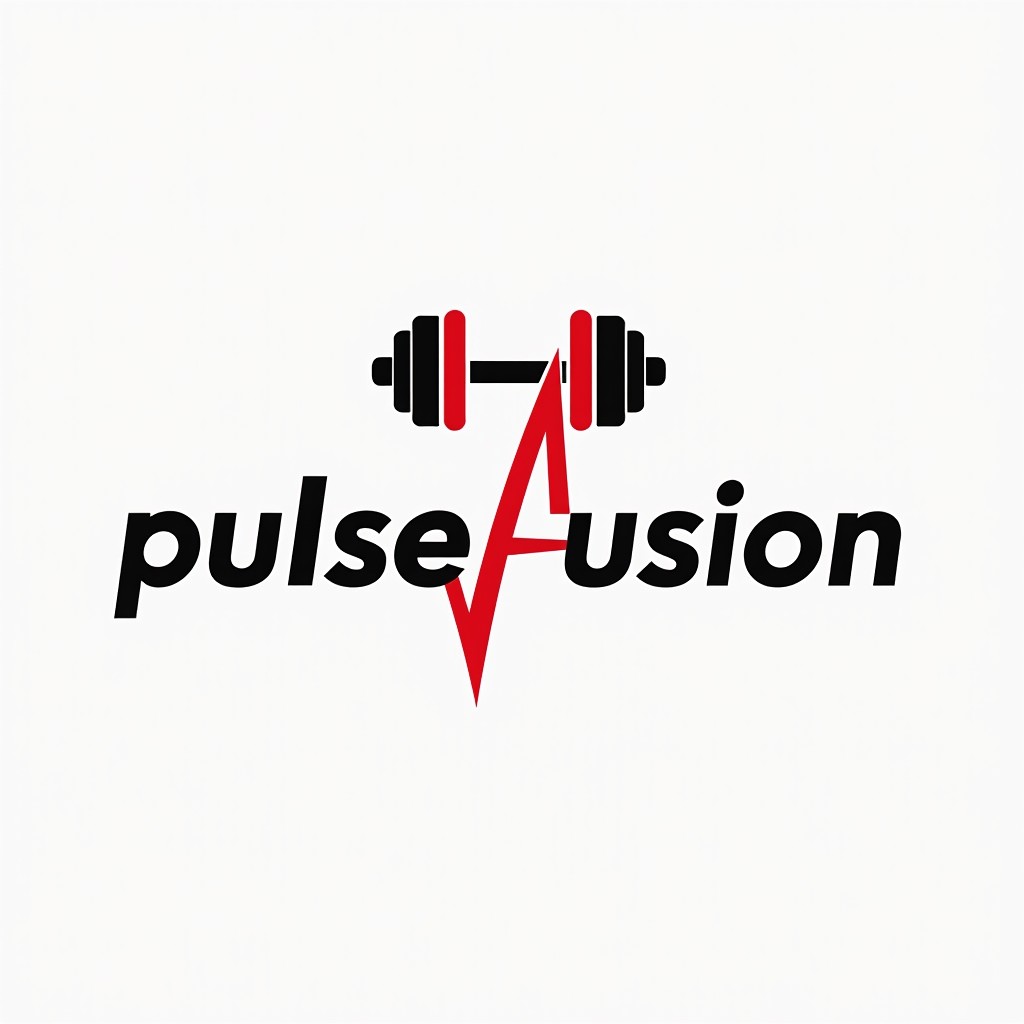
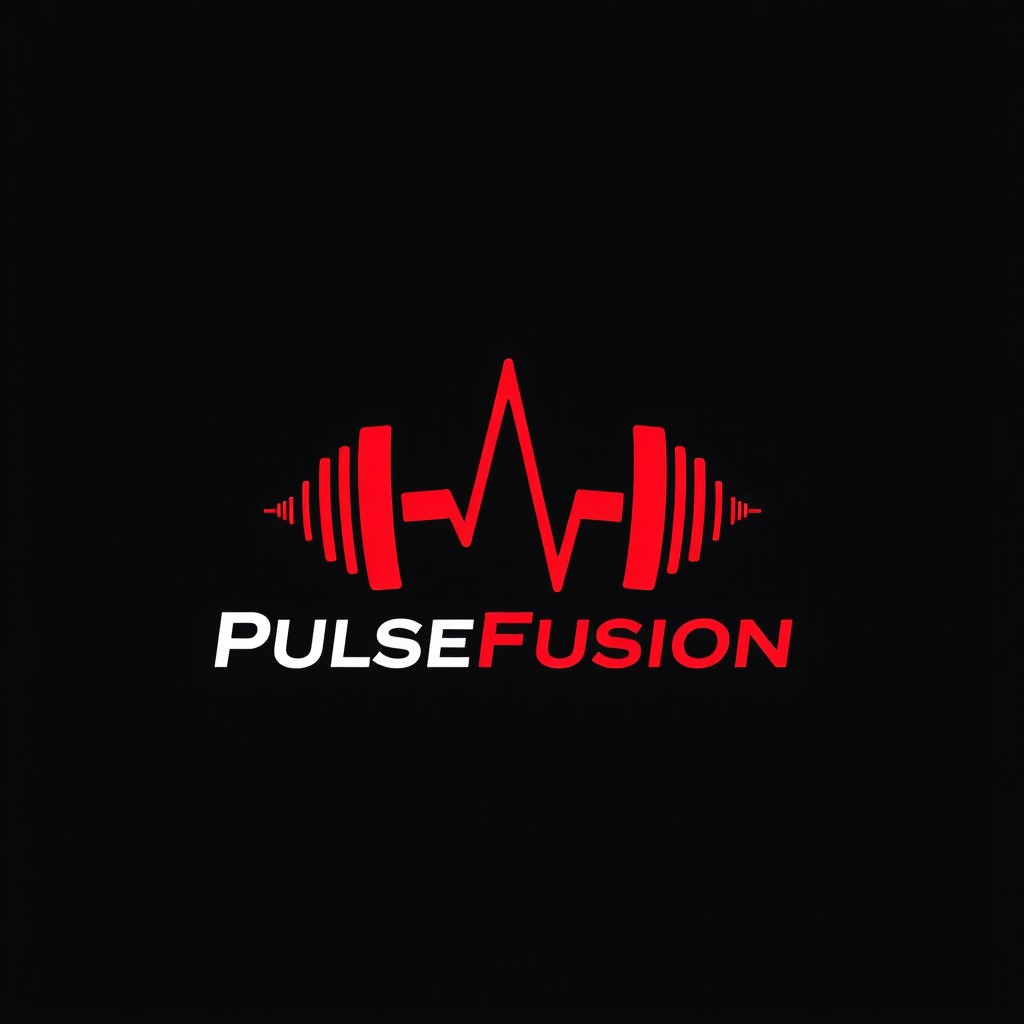
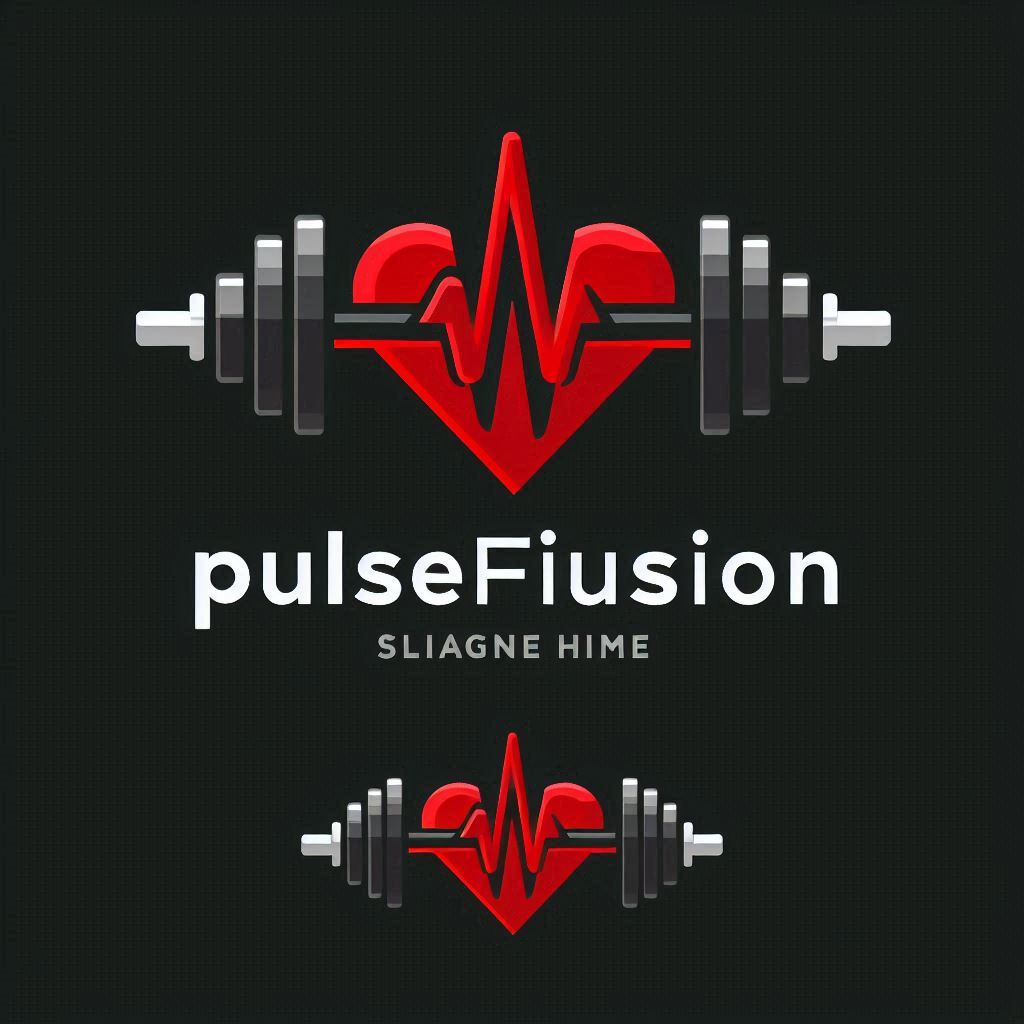
FLUX.1 [dev]
FLUX.1 [schnell]
DALL-E 3
- "mysterious, ethereal book cover with a silhouette of a lone figure standing on a cliff overlooking a vast, misty landscape, the title ‘Echoes of Eternity’ by Jane Marshall is in bold, serif font, book stands in front of a simple background"
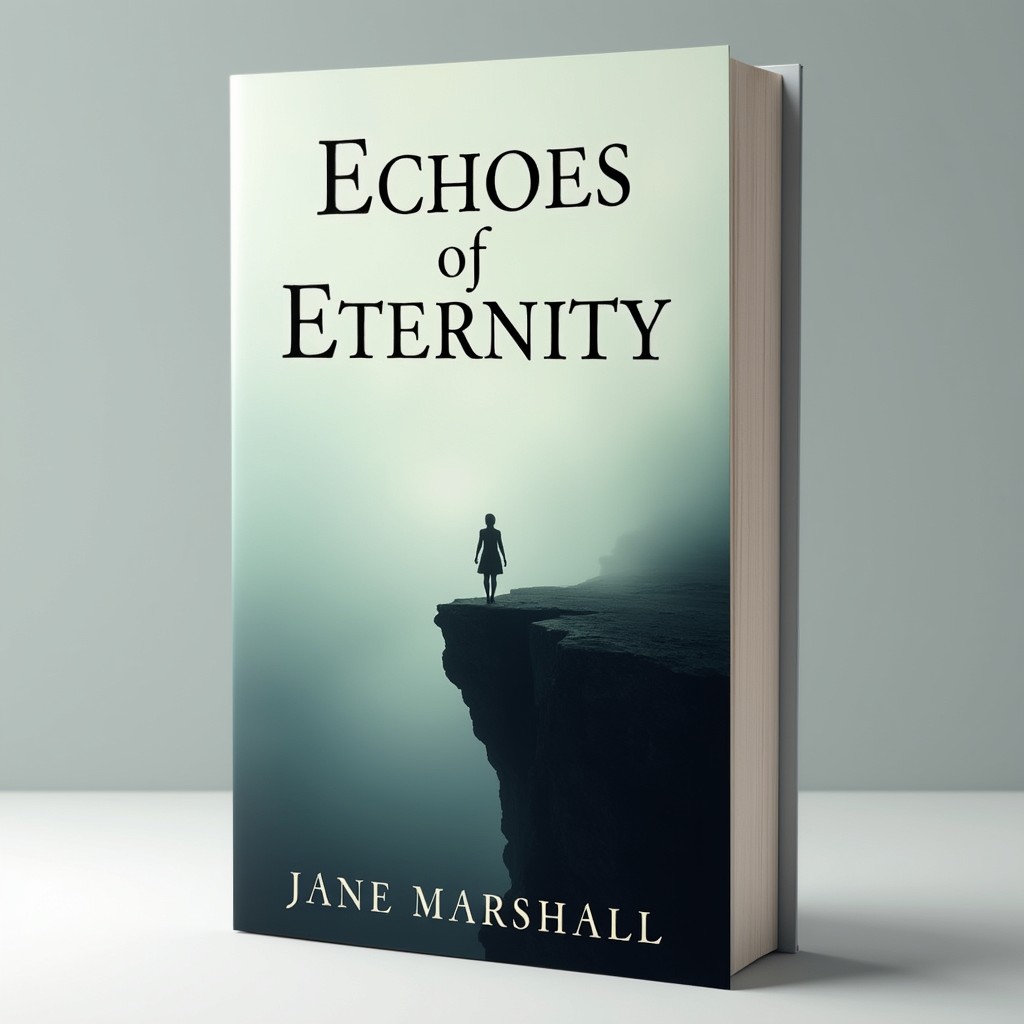
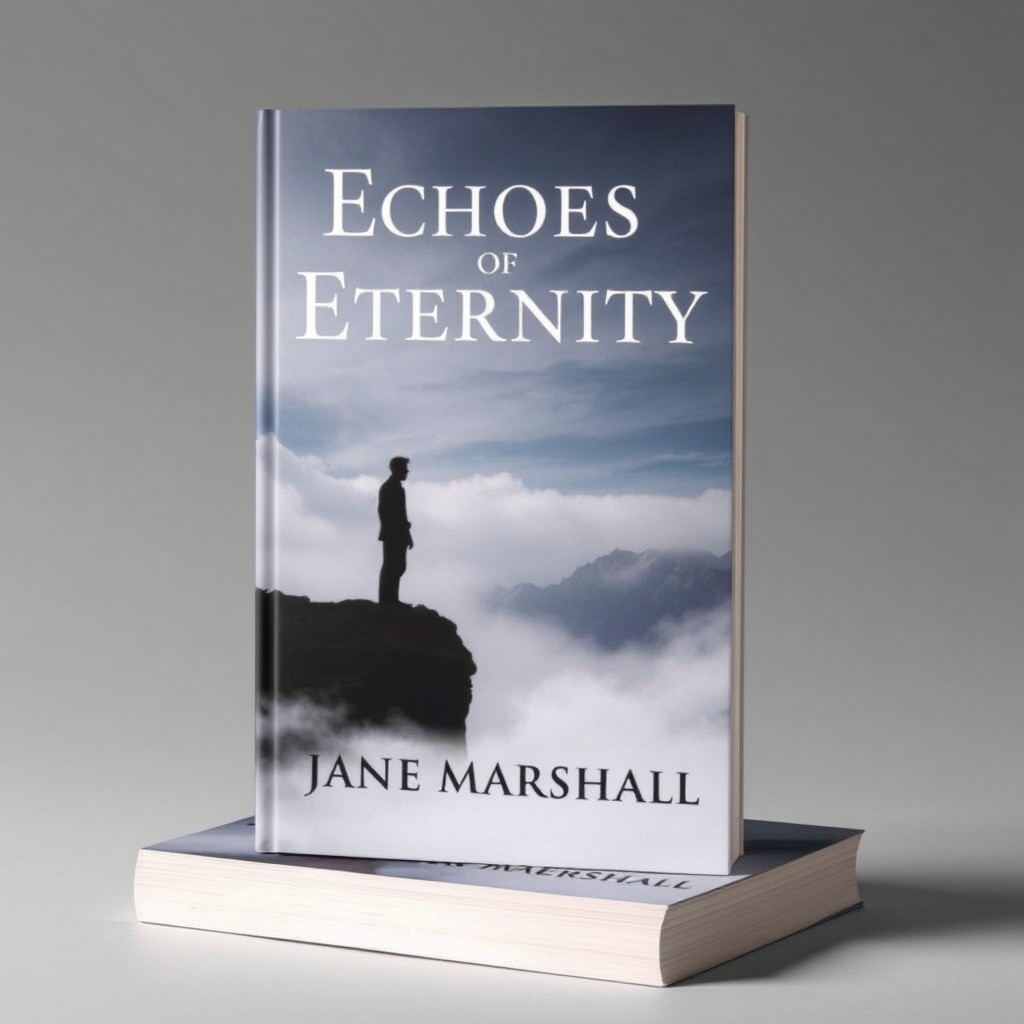
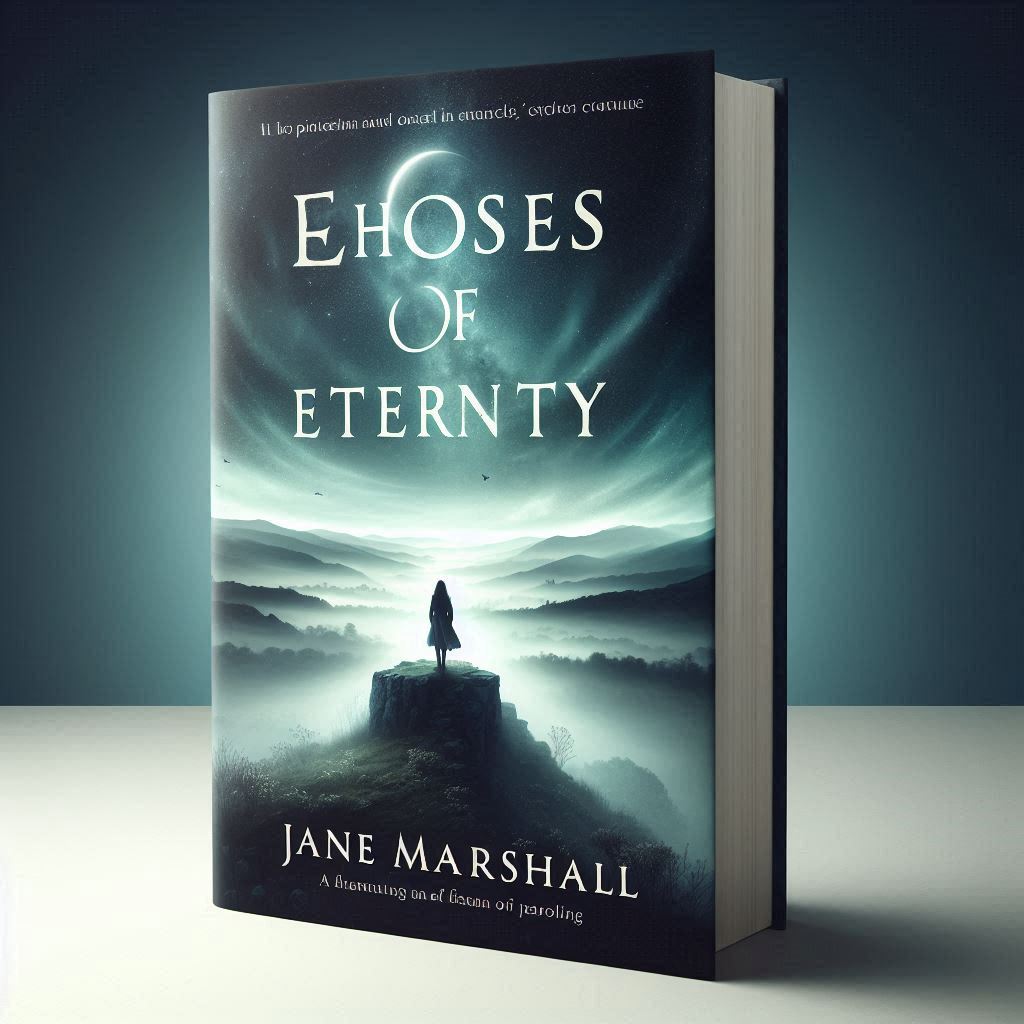
FLUX.1 [dev]
FLUX.1 [schnell]
DALL-E 3
- "cropped hoodie front (on the left) and back (on the right) design with a wide, drawstring hood and oversized sleeves. The front features a large, colorful cat astronaut floating in space. The design continues onto the sleeves and back, and the hoodie has ribbed cuffs and a hem for a snug fit"
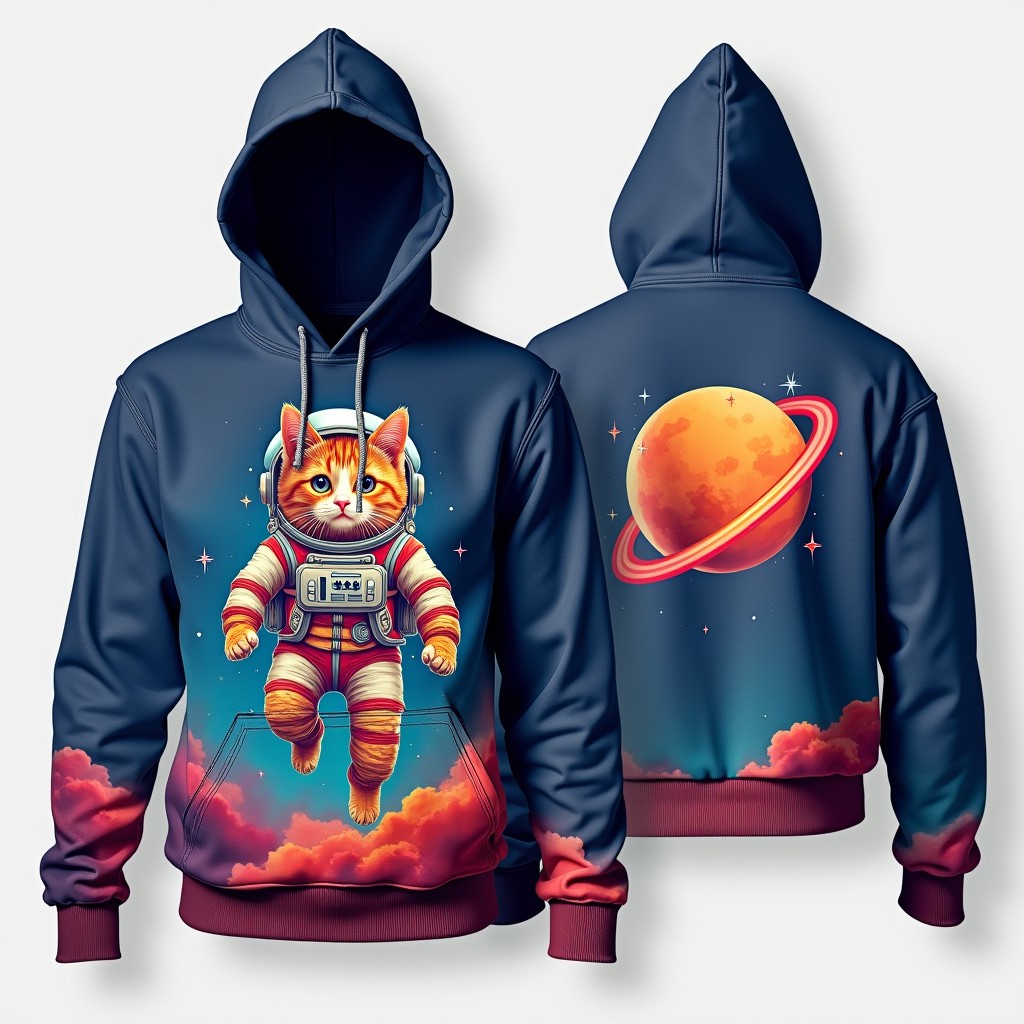
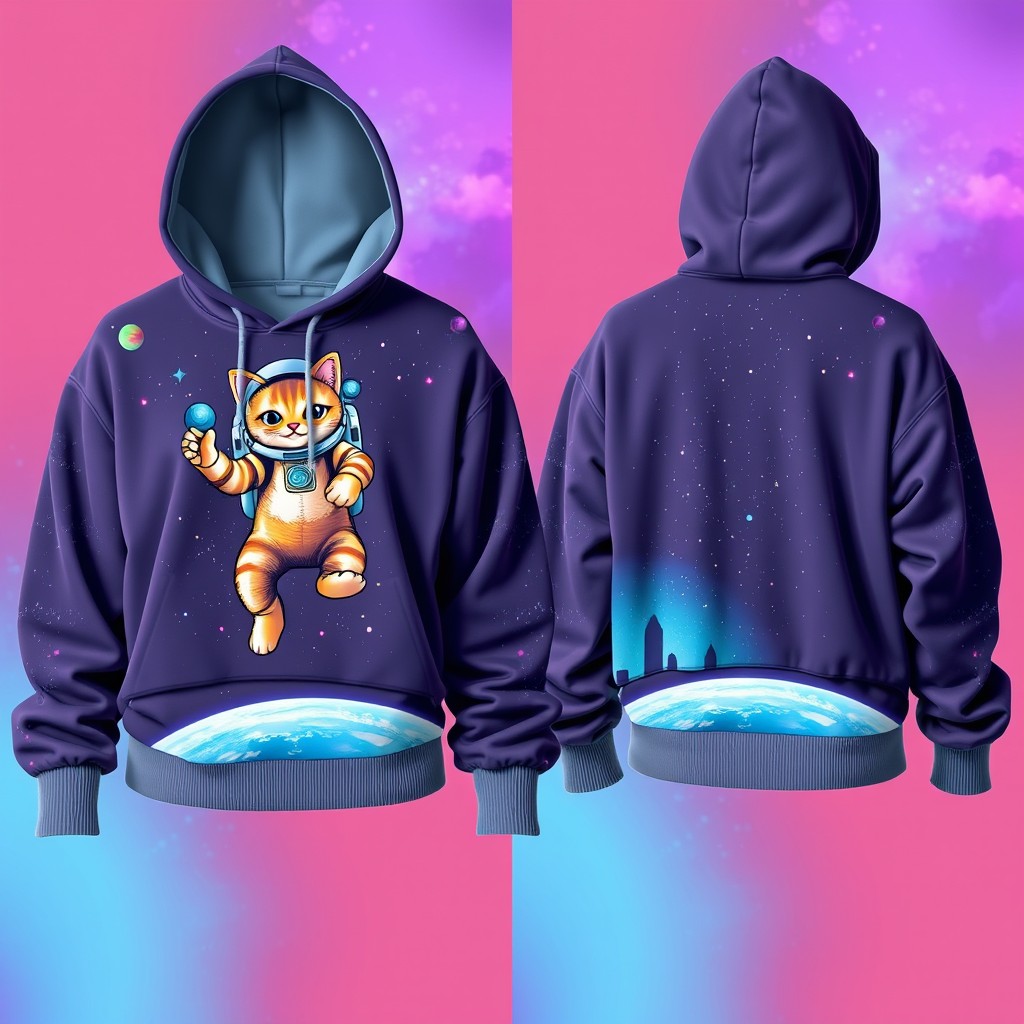
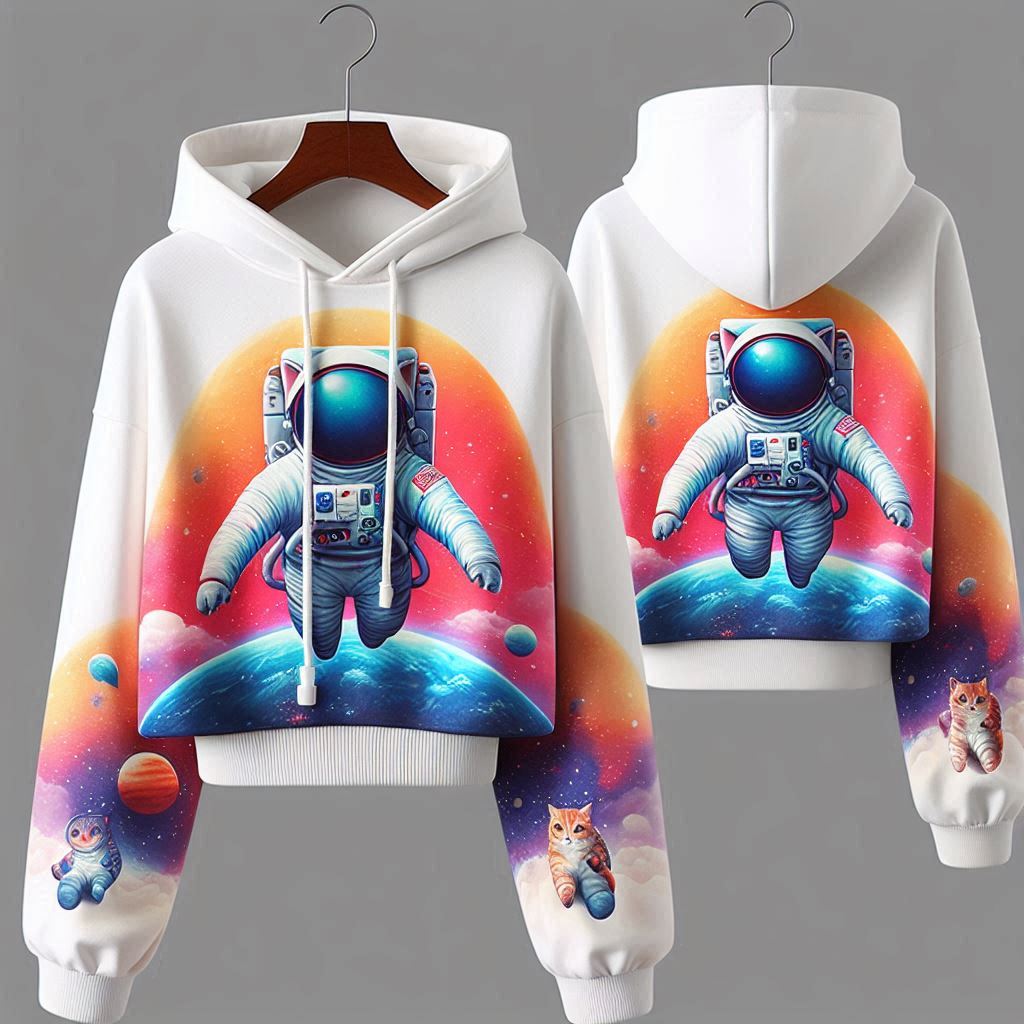
FLUX.1 [dev]
FLUX.1 [schnell]
DALL-E 3
In this challenge, FLUX.1 variants showed us clever, elegant logo designs, effective book covers, and an interesting hoodie mockups.
Yet again, DALL-E 3 had issues rendering text correctly. Moreover, the fashion design didn't quite follow the prompt, and the same graphic was used on the front and back of the hoodie.
Prompt following
One of the most critical aspects of AI image generation is how well the model follows prompts. Users expect their specific ideas and concepts to be translated into visuals accurately. Still, the longer the prompt, the higher the chance it won't be fully reflected in the created image.
So, for the final test, we came up with this complex prompt:
"A cozy winter cabin interior featuring a grand stone fireplace with a crackling fire and a large, ornate gold-framed mirror reflecting a Christmas tree on the other side of the room above it. In front, a plush, U-shaped sofa draped with cream and deep burgundy knitted throws, and an array of red pillows. A wooden coffee table holds a steaming mug of hot cocoa with marshmallows, a bowl of spiced nuts, and a vintage brass lantern. The walls are dark oak with framed winter landscape paintings and dog portraits. A large window shows snow-covered pines outside. The floor has a handwoven Nordic-patterned rug in reds and whites. Soft lighting from wrought-iron sconces, a chandelier, and beige table lamp creates a warm ambiance. The color scheme blends rich earthy tones with warm neutrals and deep, cozy hues"
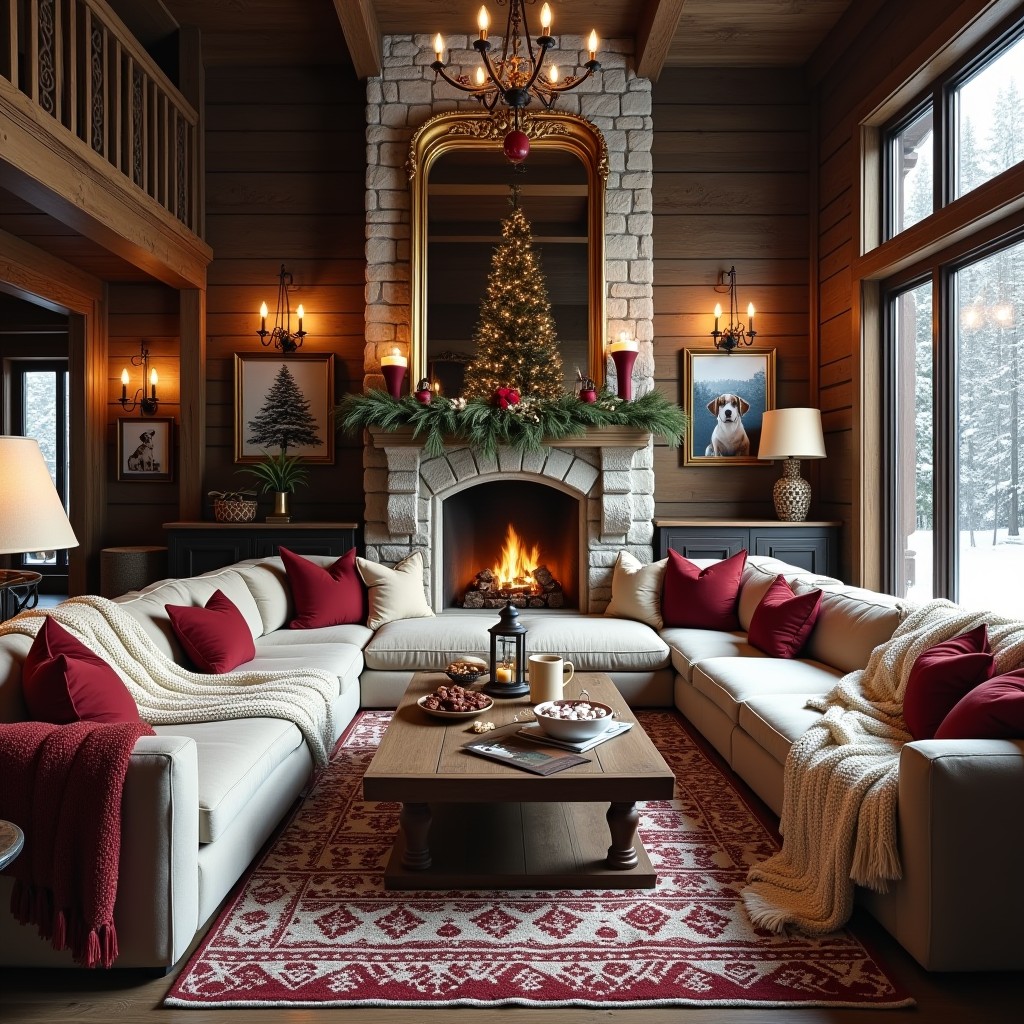
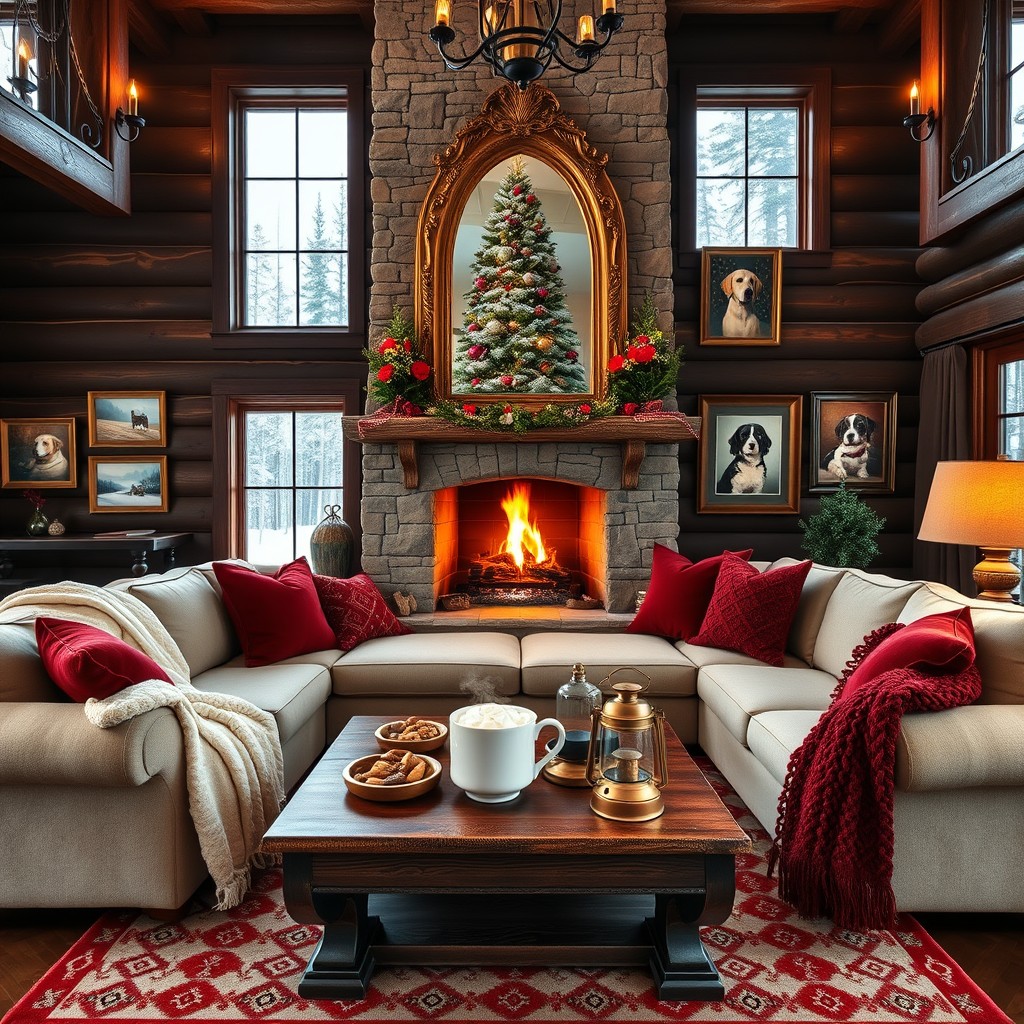
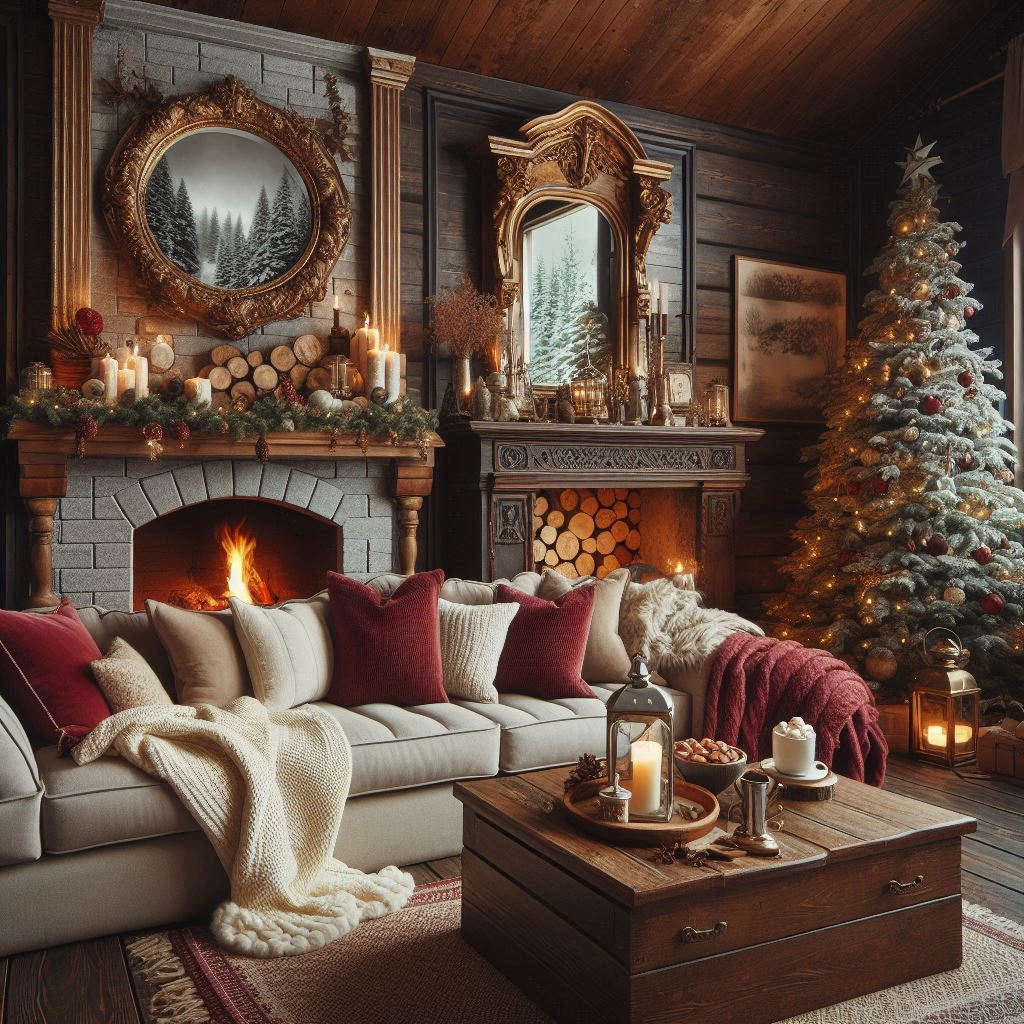
FLUX.1 [dev]
FLUX.1 [schnell]
DALL-E 3
Let's go through the prompt sentence by sentence to check just how well FLUX.1 [dev], [schnell], and DALL-E 3 followed it:
"A cozy winter cabin interior featuring a grand stone fireplace with a crackling fire and a large, ornate gold-framed mirror reflecting a Christmas tree on the other side of the room above it" | "In front, a plush, U-shaped sofa draped with cream and deep burgundy knitted throws, and an array of red pillows" | "A wooden coffee table holds a steaming mug of hot cocoa with marshmallows, a bowl of spiced nuts, and a vintage brass lantern" | "The walls are dark oak with framed winter landscape paintings and dog portraits. A large window shows snow-covered pines outside" | "The floor has a handwoven Nordic-patterned rug in reds and whites" | "Soft lighting from wrought-iron sconces, a chandelier, and beige table lamp creates a warm ambiance. The color scheme blends rich earthy tones with warm neutrals and deep, cozy hues" | |
FLUX.1 [dev] | ✅ | ✅ | ✅ | ✅ | ✅ | ✅ |
FLUX.1 [schnell] | ✅ | ✅ | ✅ | ✅ | ✅ | ✅ |
DALL-E 3 | ⛔ | ⛔ | ✅ | ⛔ | ✅ | ⛔ |
FLUX.1 [dev] and [schnell] included all parts of this extremely complex prompt in their output. DALL-E 3 managed to fit some of them in, but in many cases, it followed the prompt only partially (e.g., there's a sofa, but it's not U-shaped) or not at all.
FLUX.1 vs DALL-E 3: summary and conclusion
Our FLUX.1 vs DALL-E 3 showdown has come to an end, and it’s time to crown the winner. While both of those models have a lot to offer, one of them has a clear advantage. As you might have already gathered, if your projects require high-quality, reliable outputs across various categories, FLUX.1 (both [schnell] and [dev]) is likely the better choice.
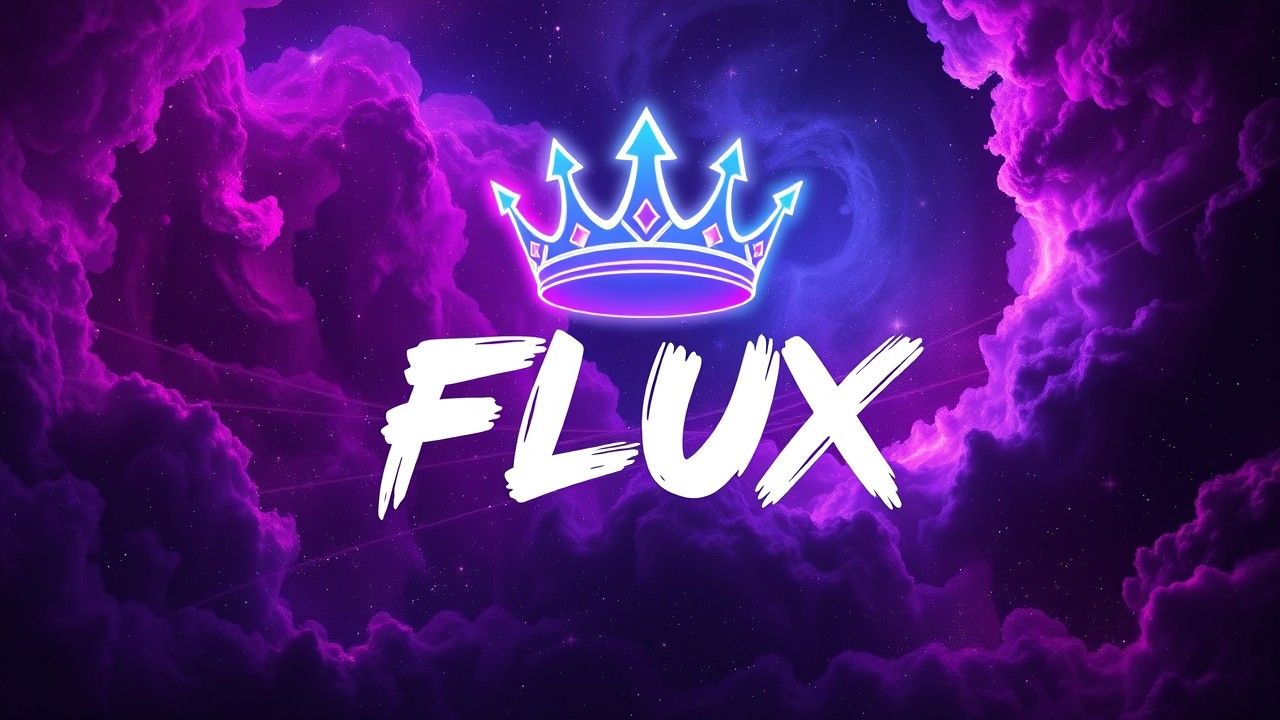
It aced all of our challenges, and in many of them, especially the typography category, it has nearly wiped the floor with DALL-E 3. It's a great choice whether you're creating something realistic, generating digital art, or designing marketing materials. Sign up and test FLUX.1 [dev] and [schnell] in AI Image Generator today!
